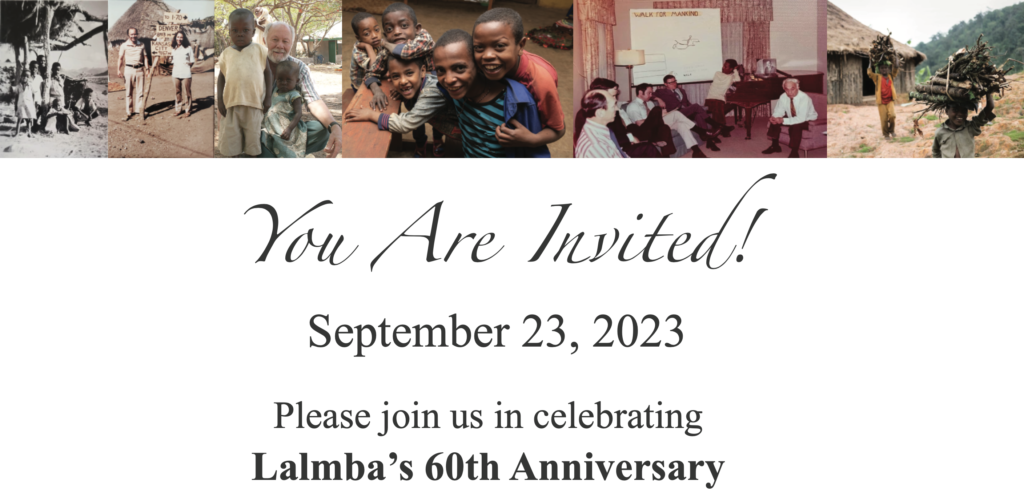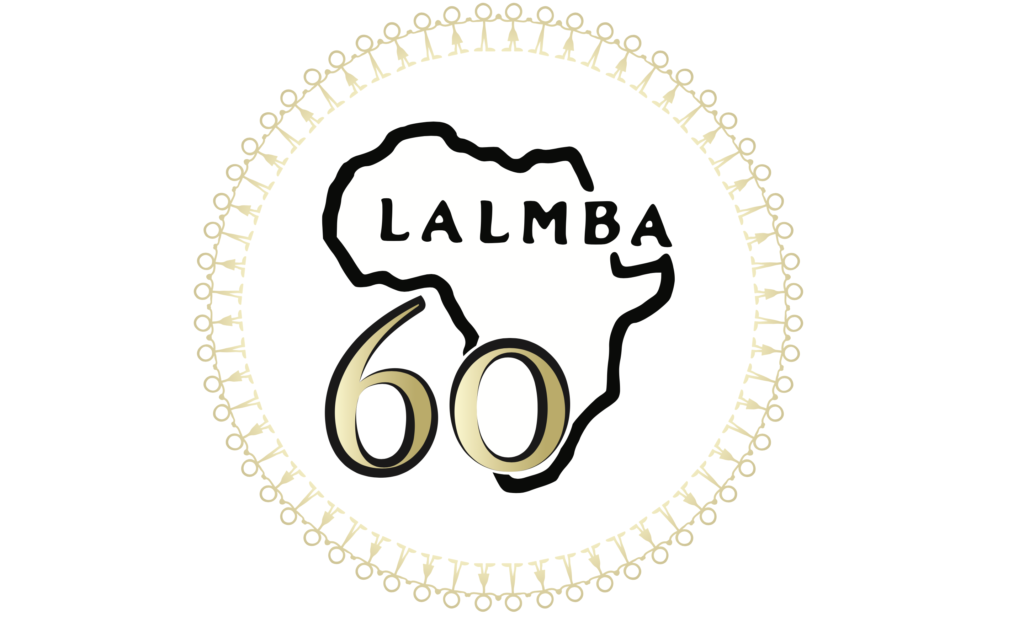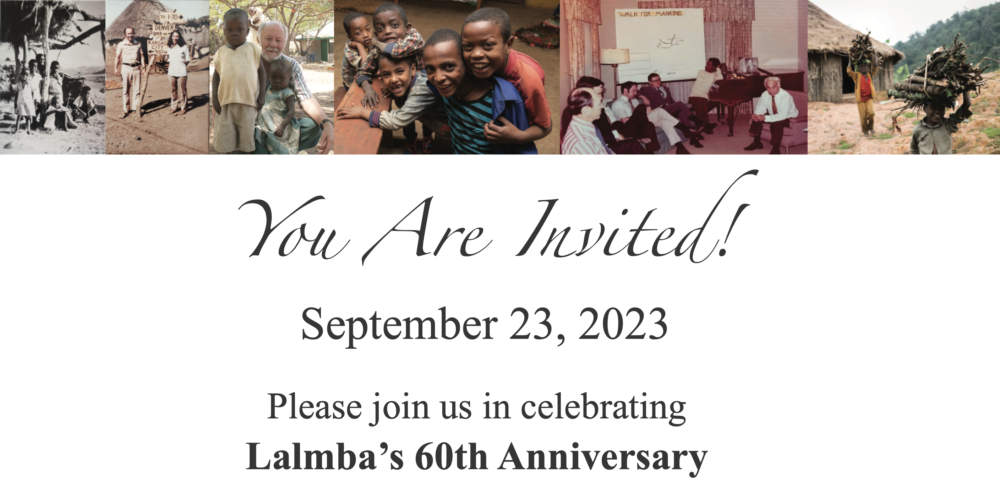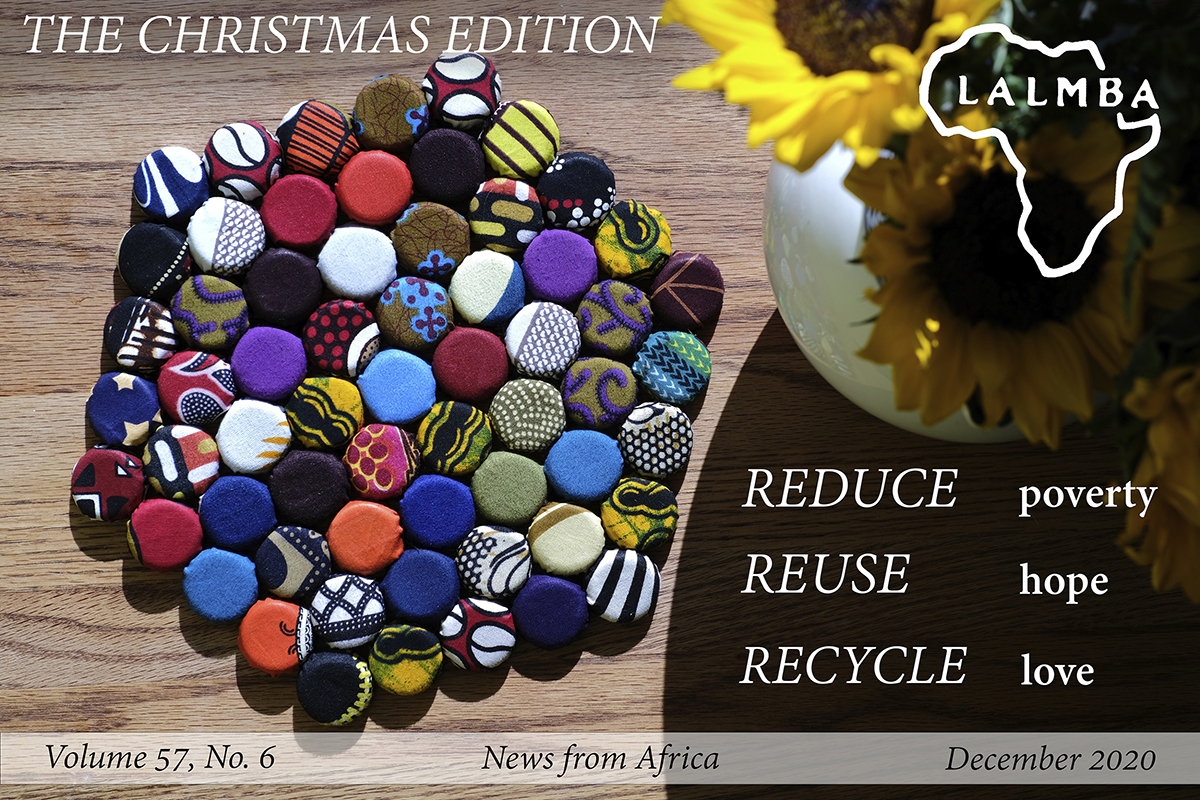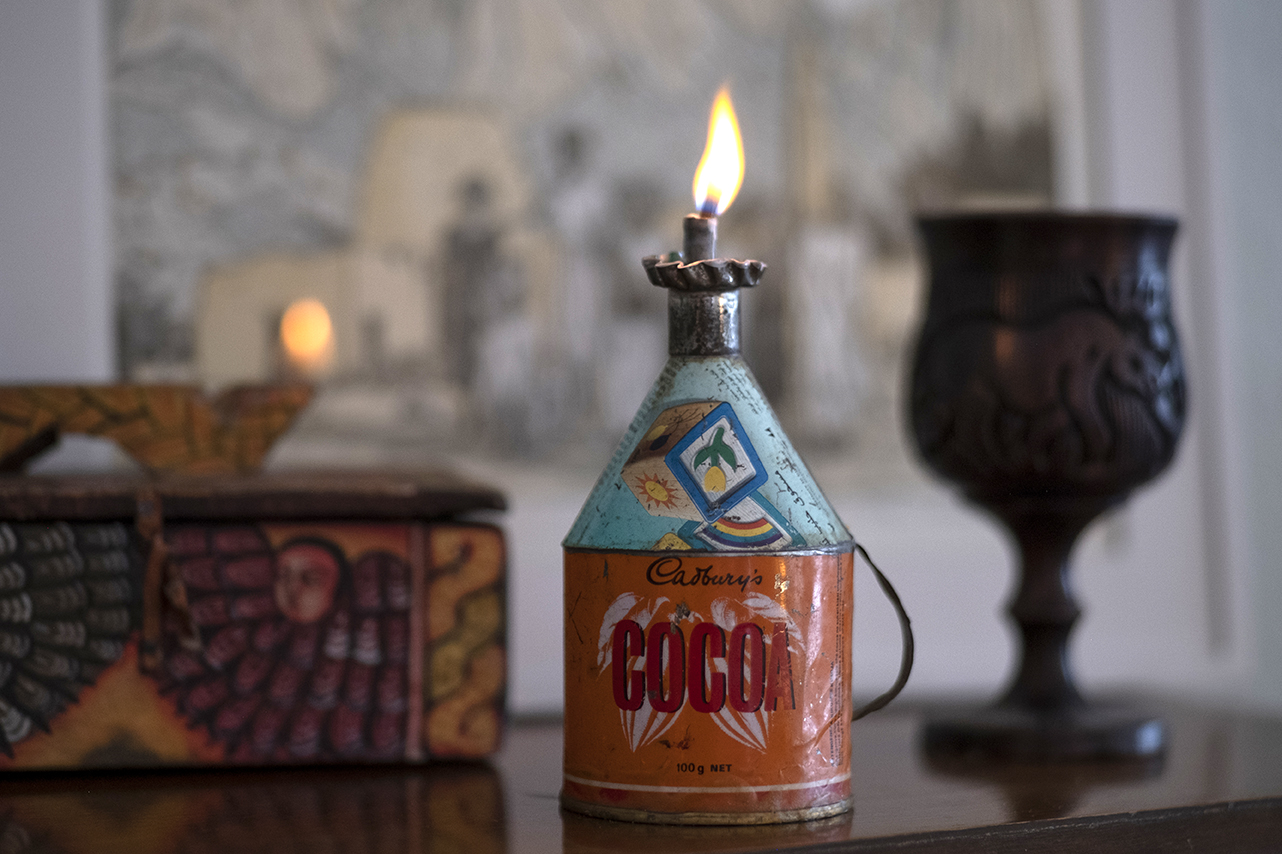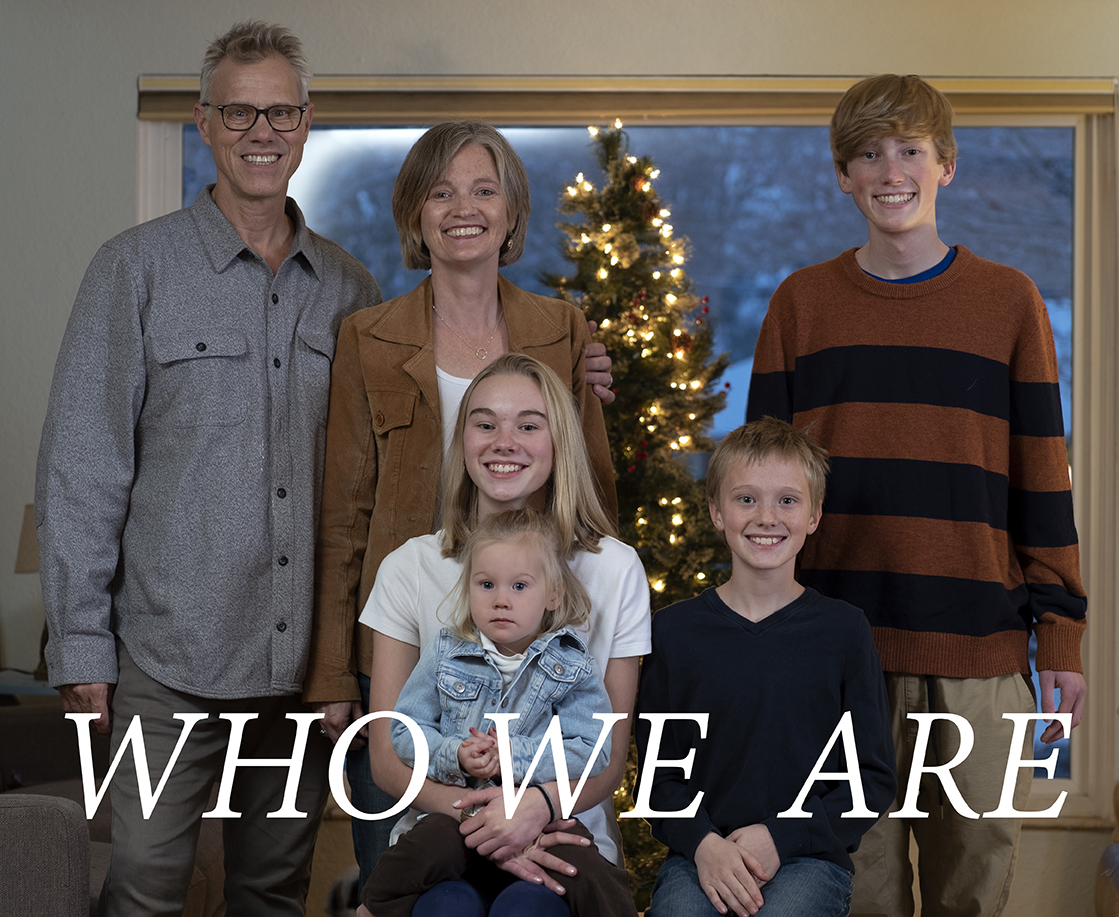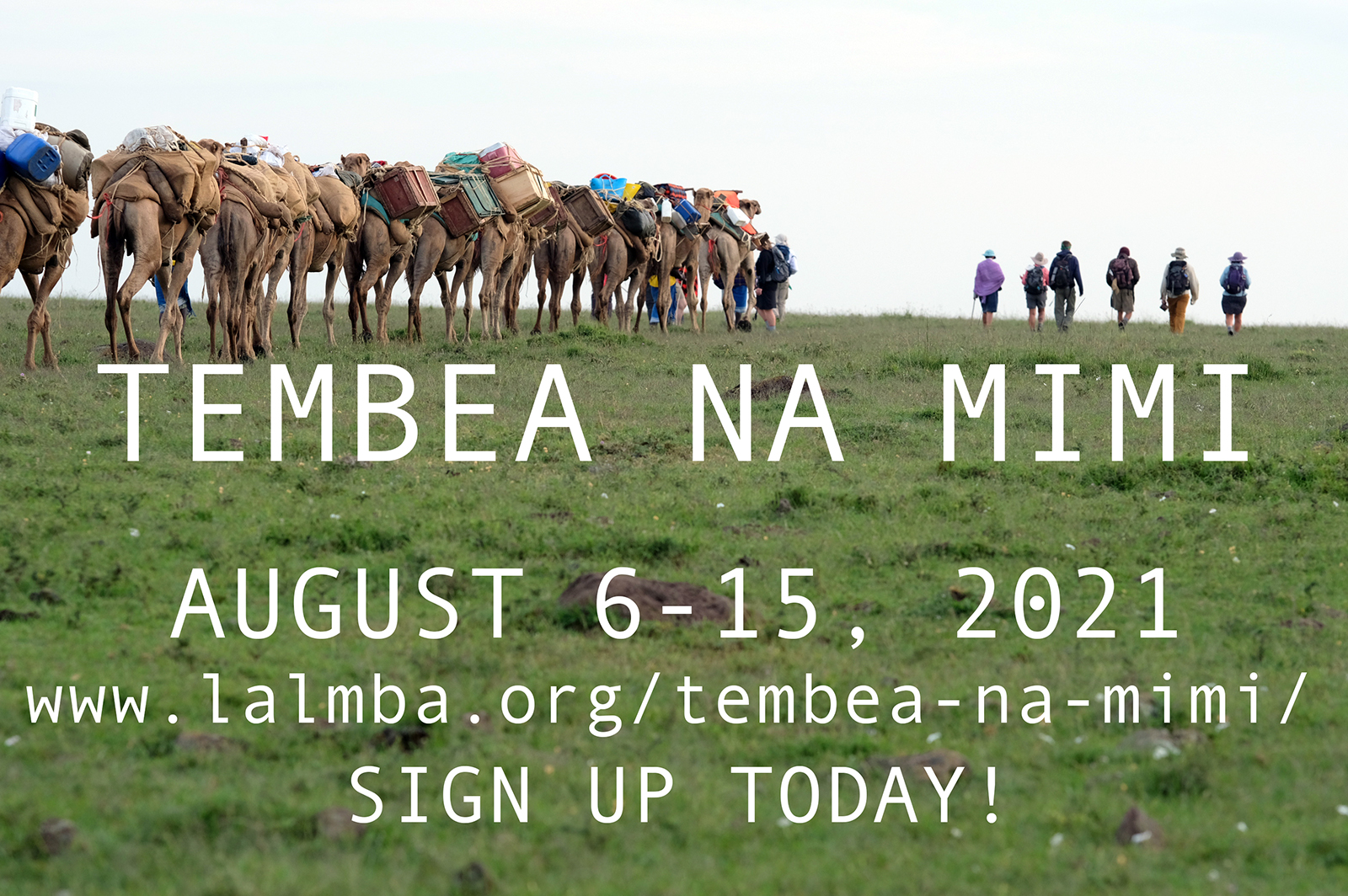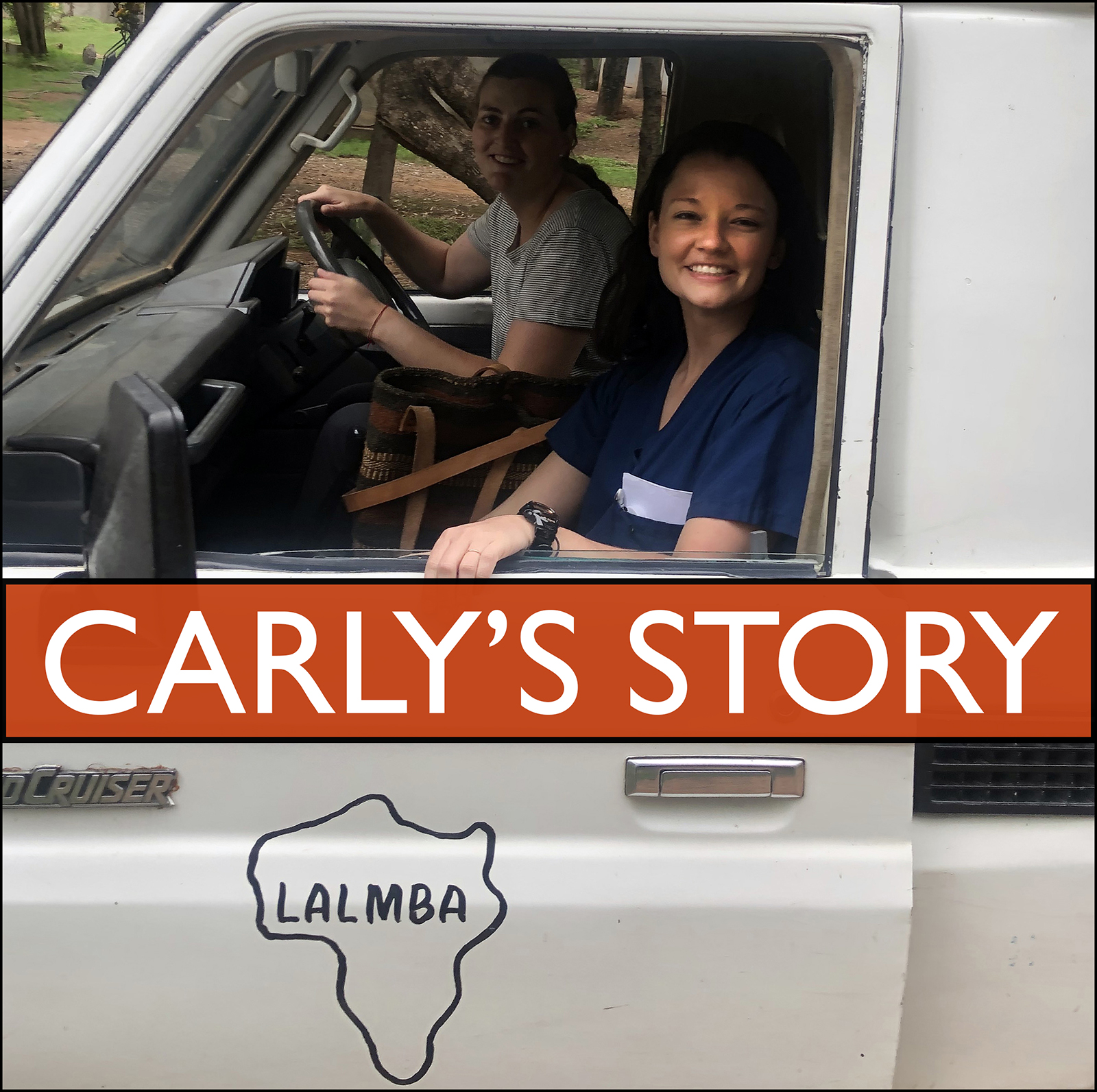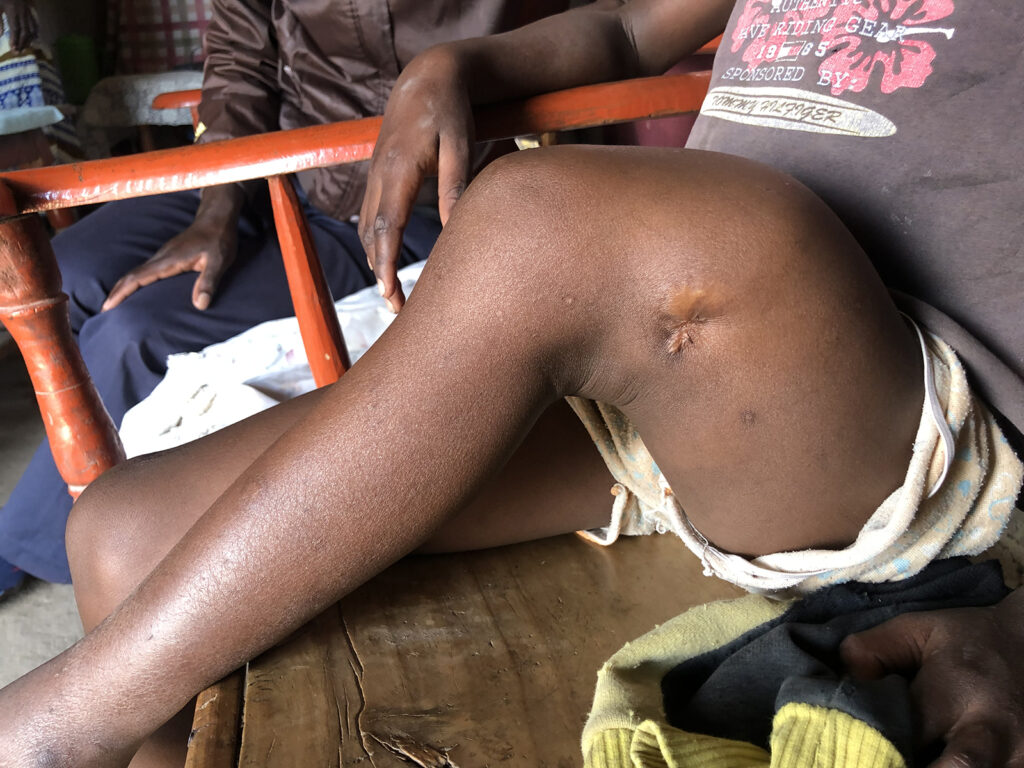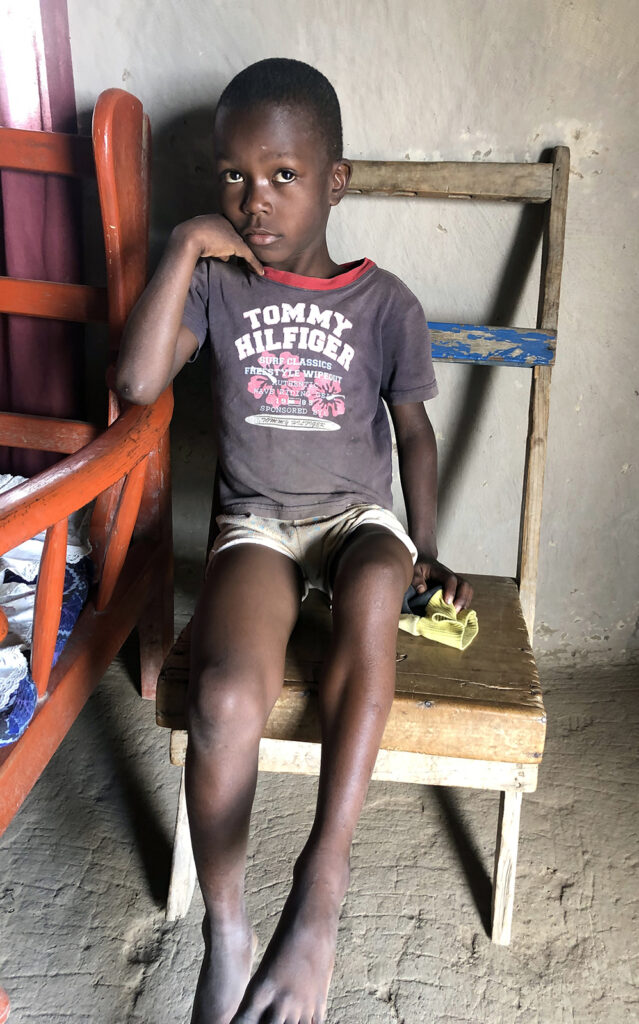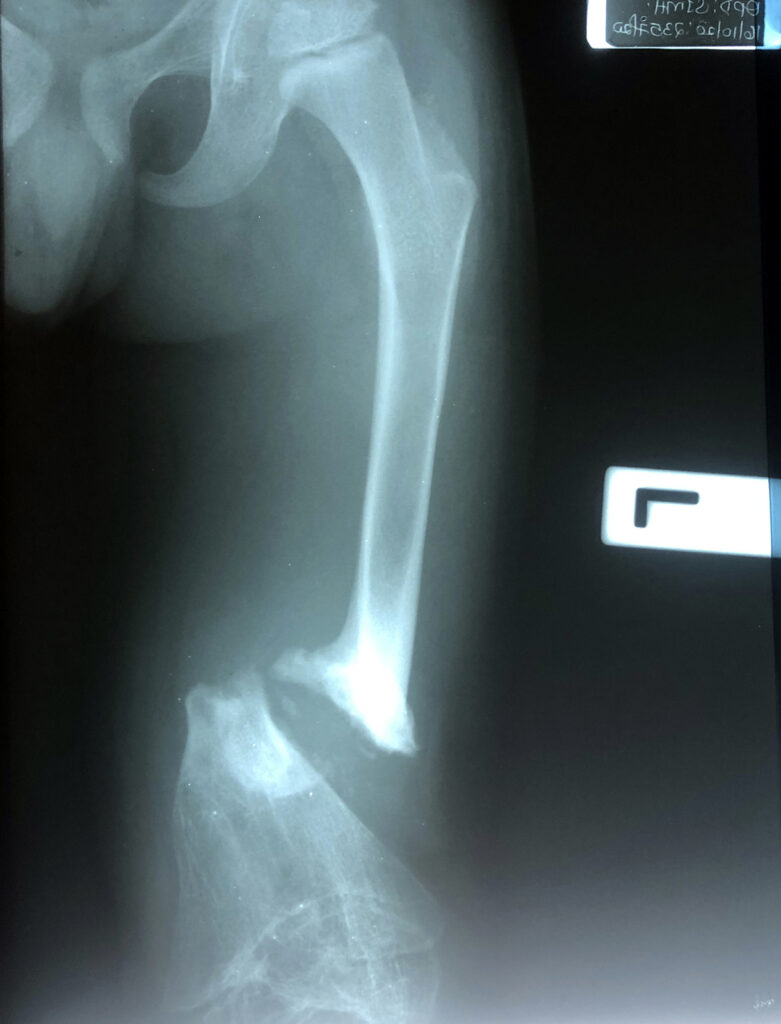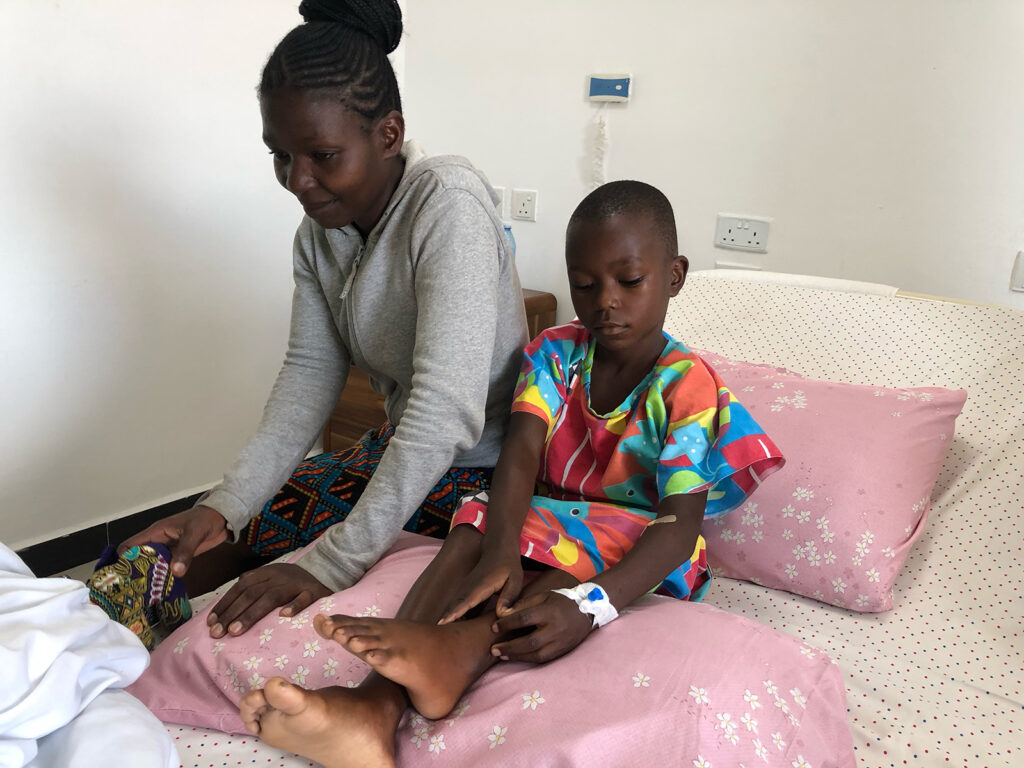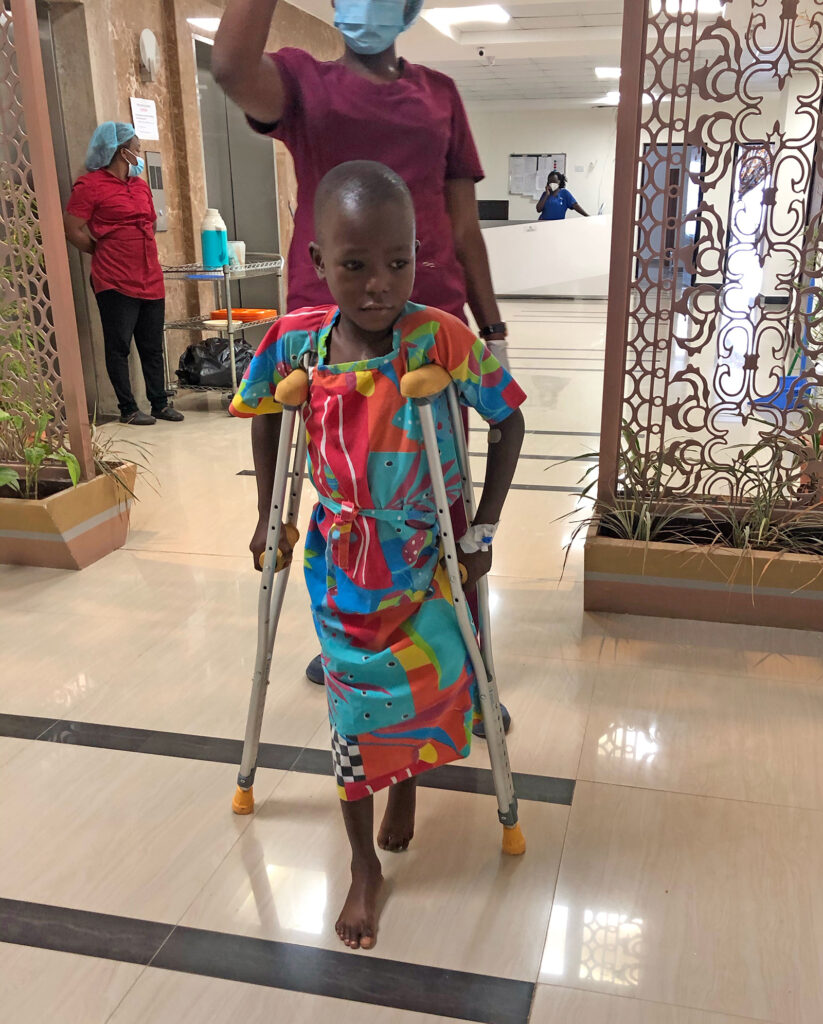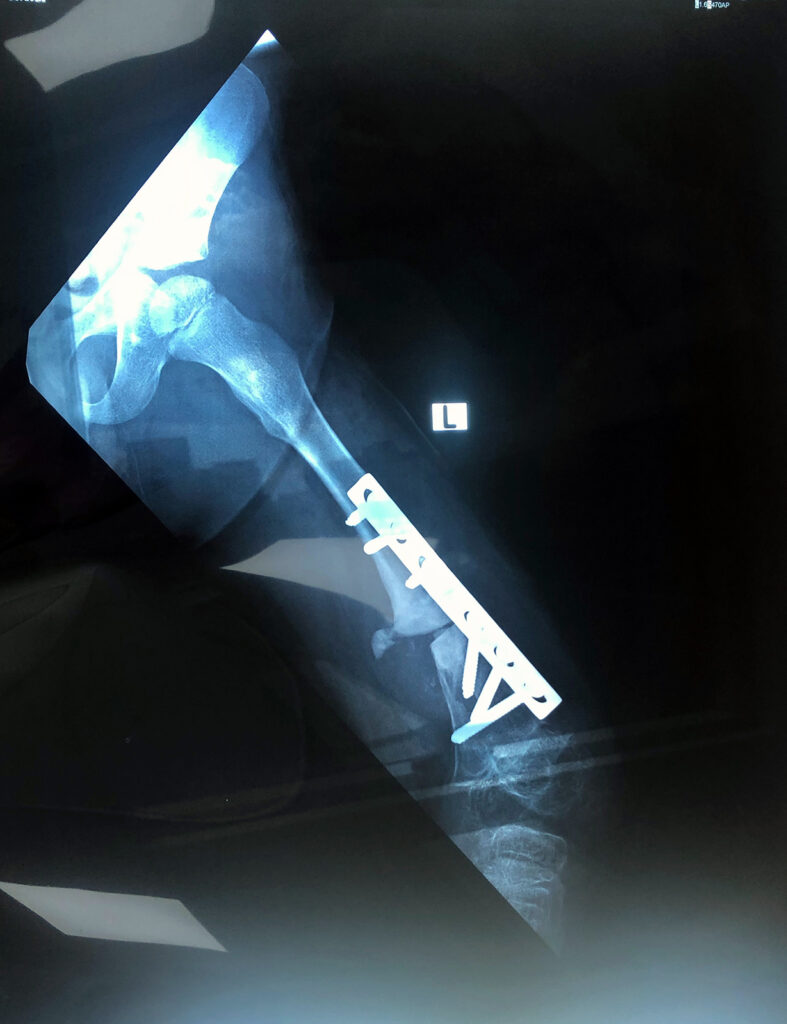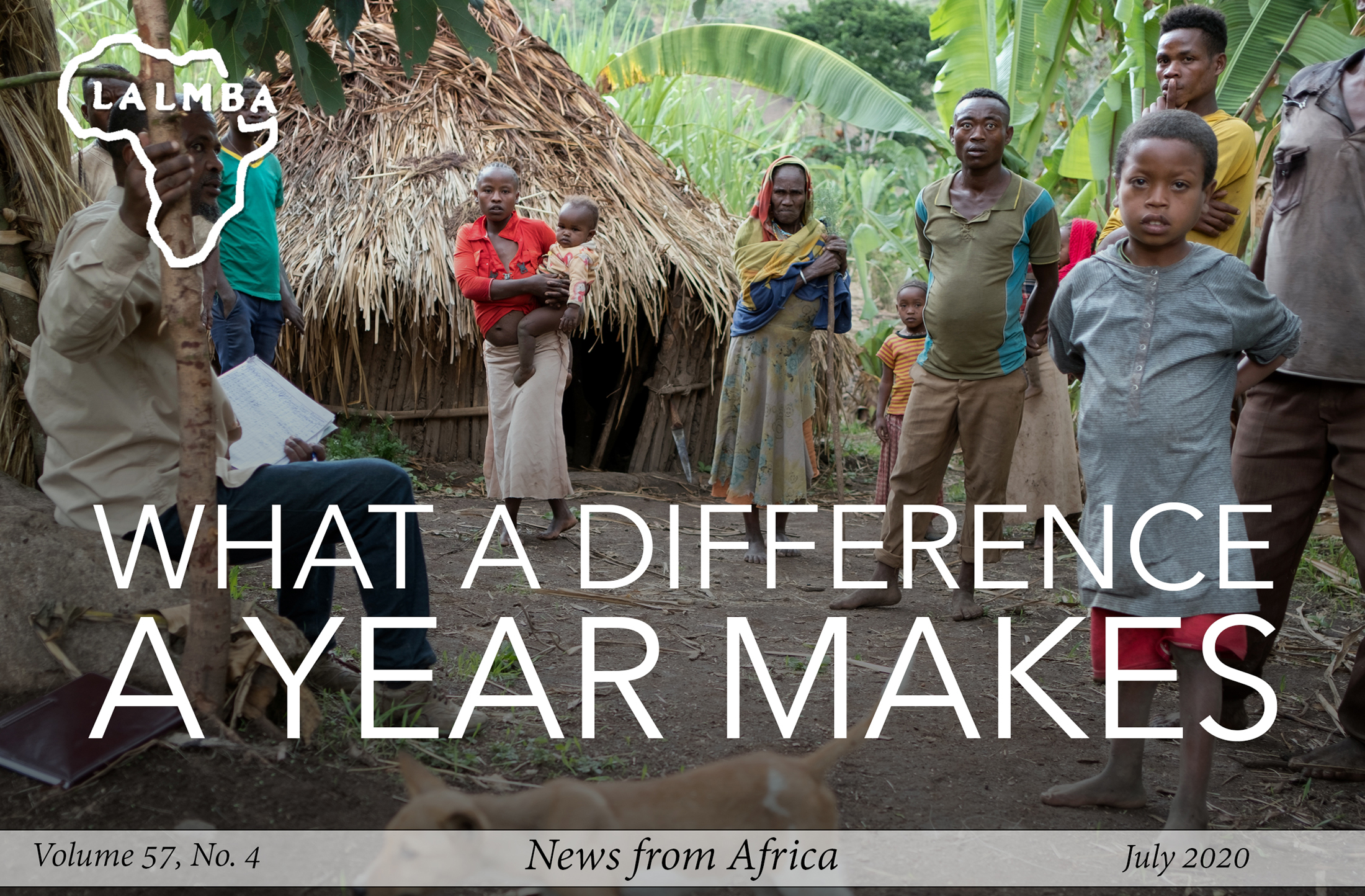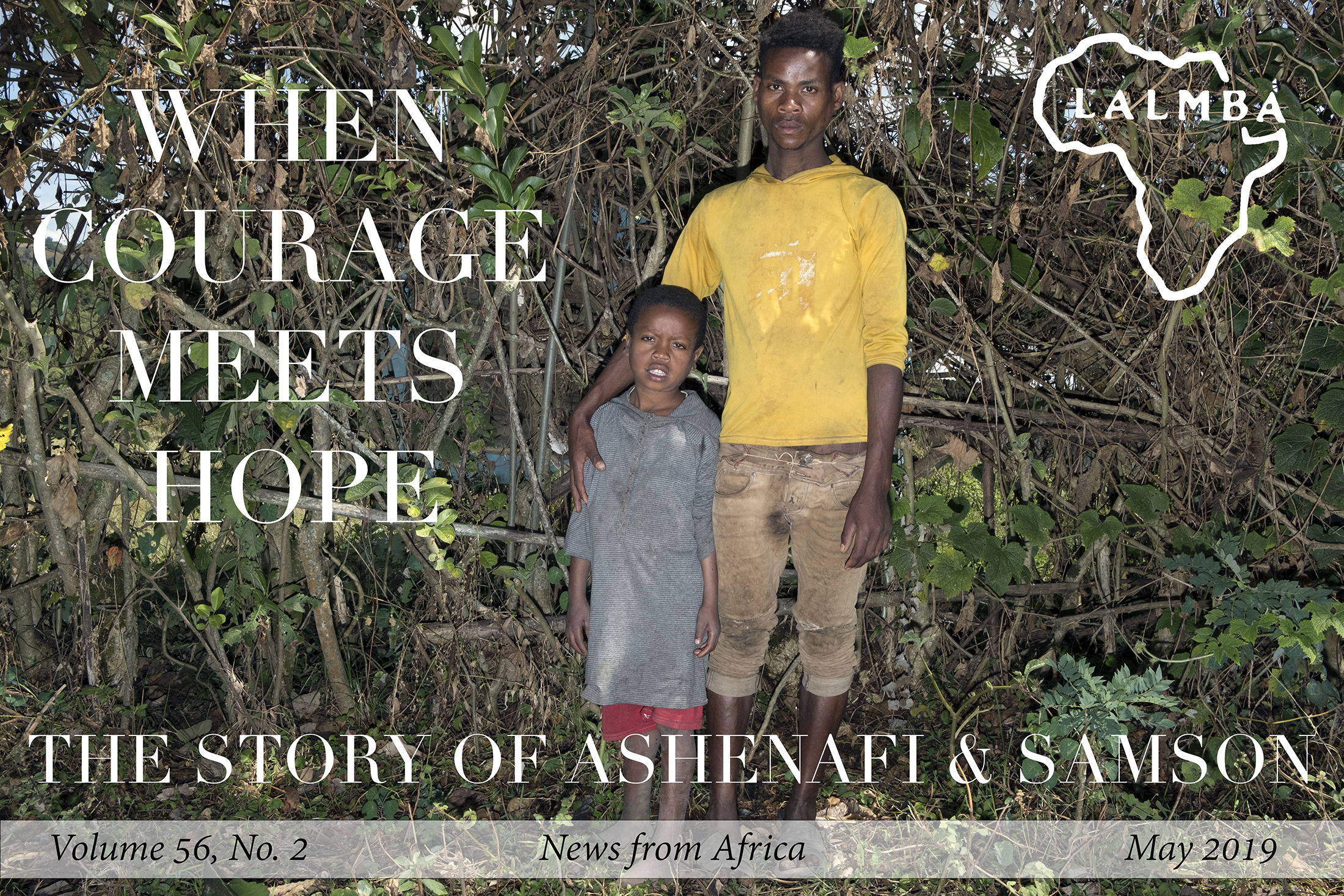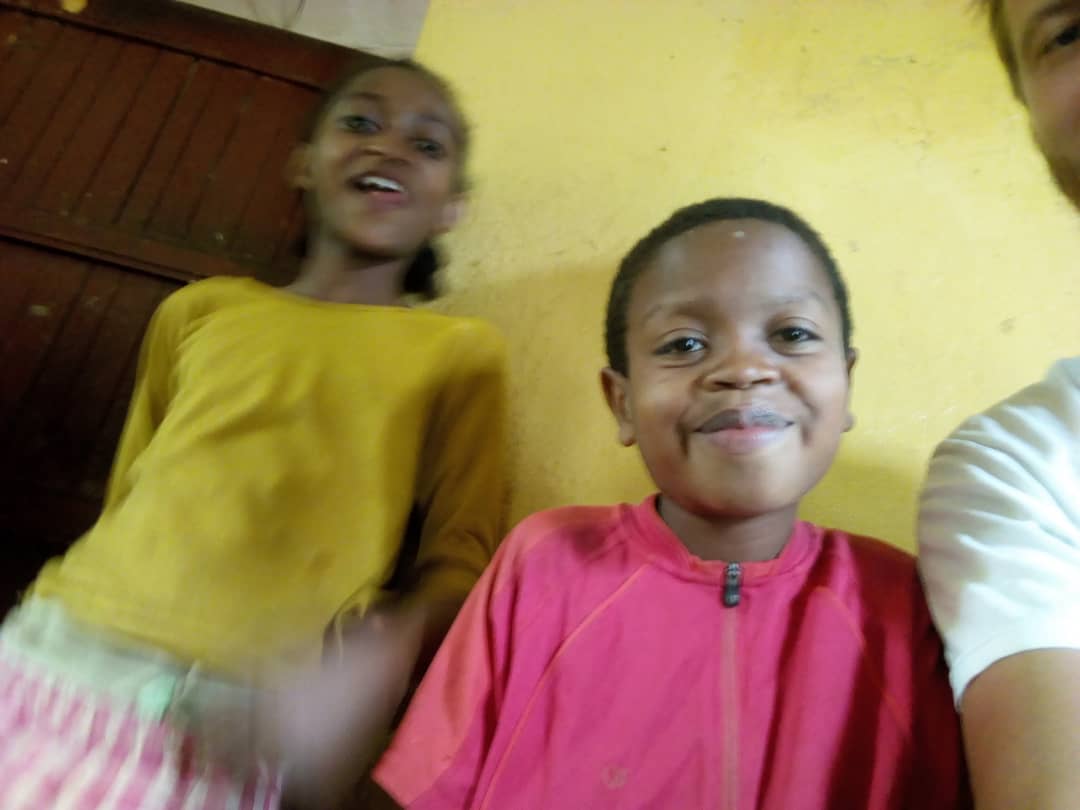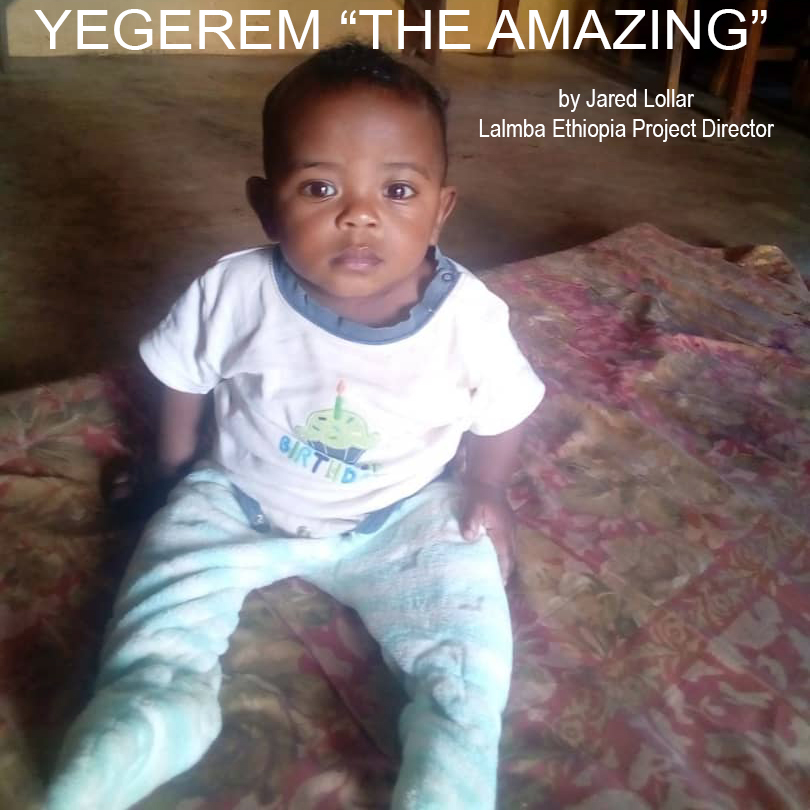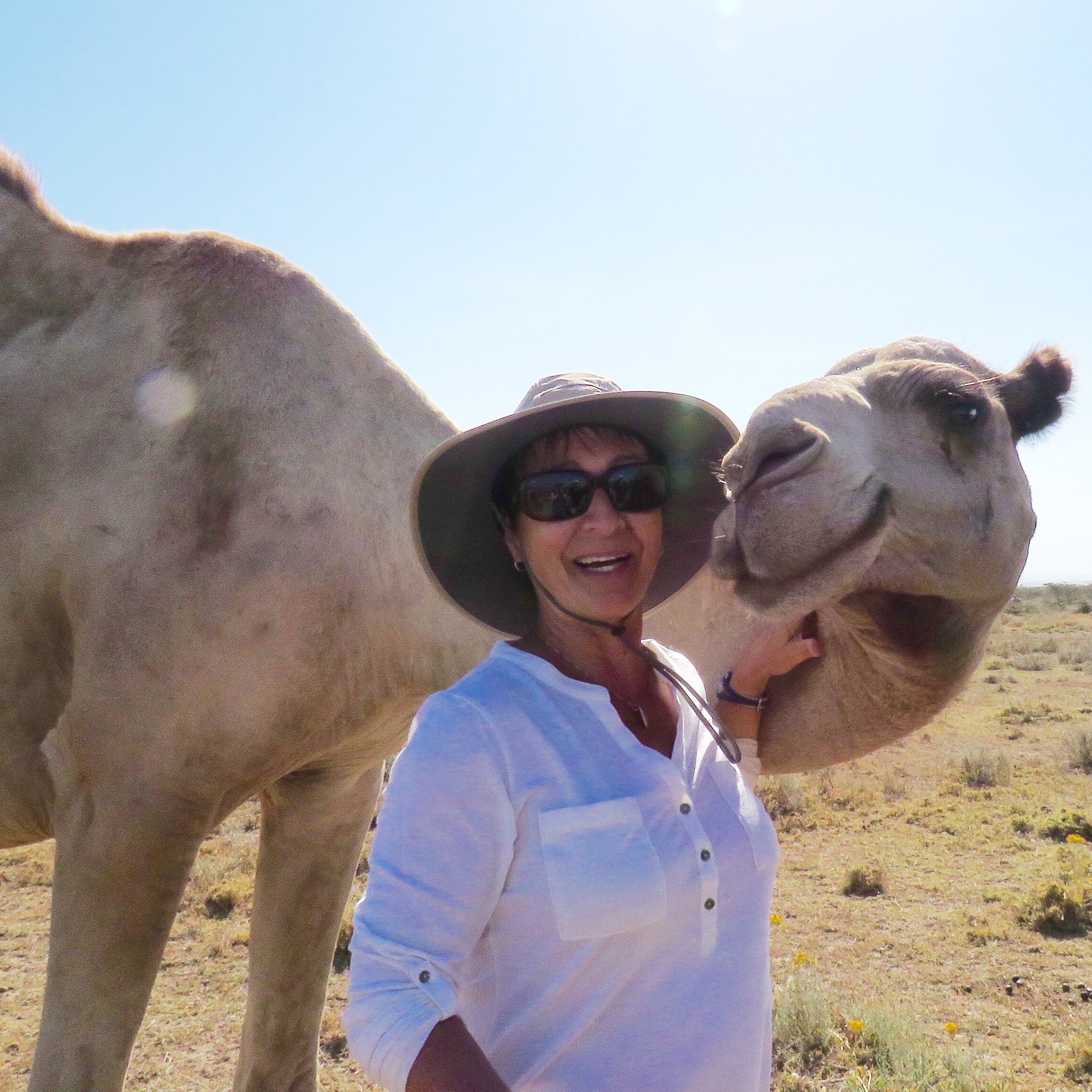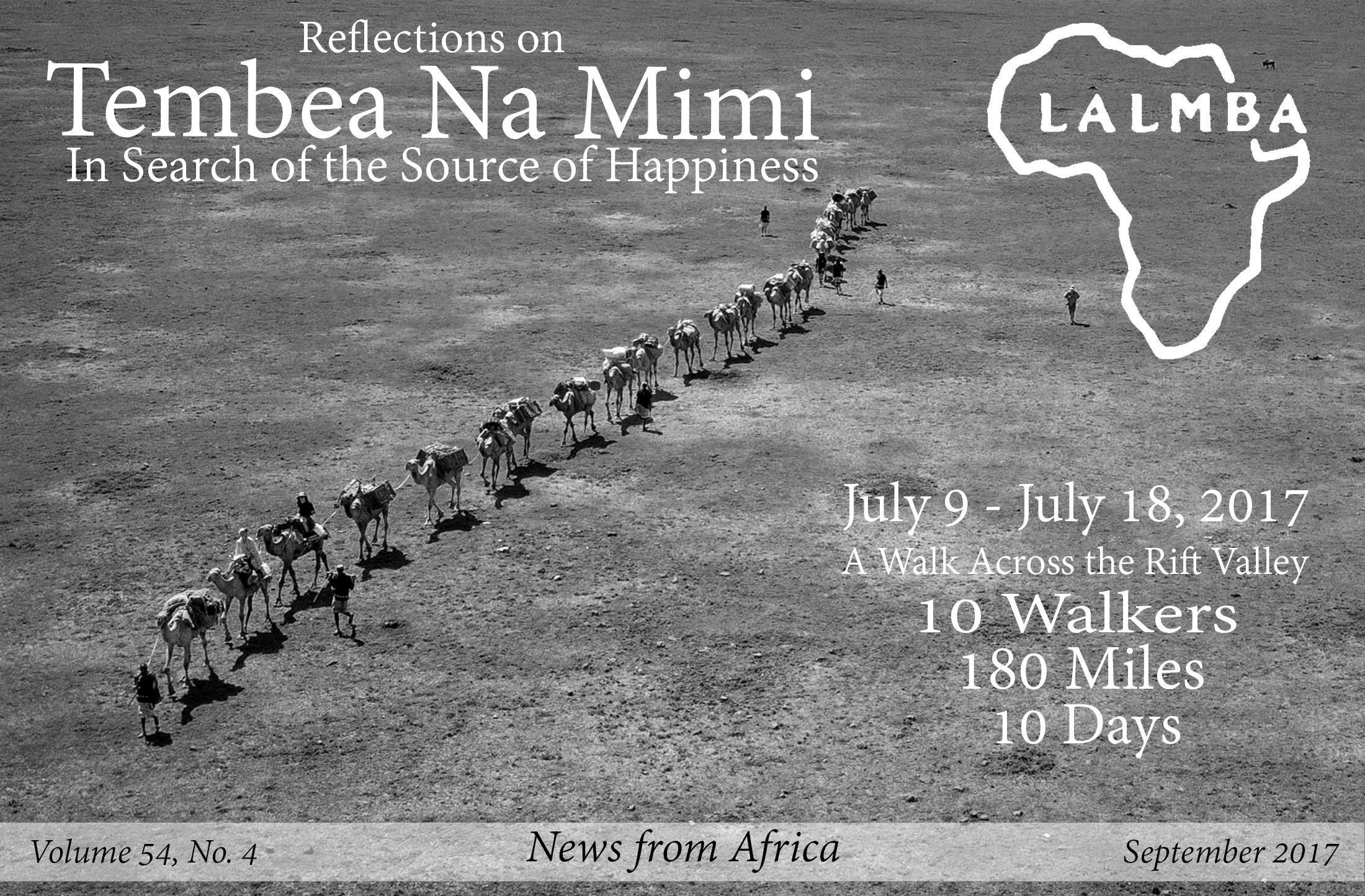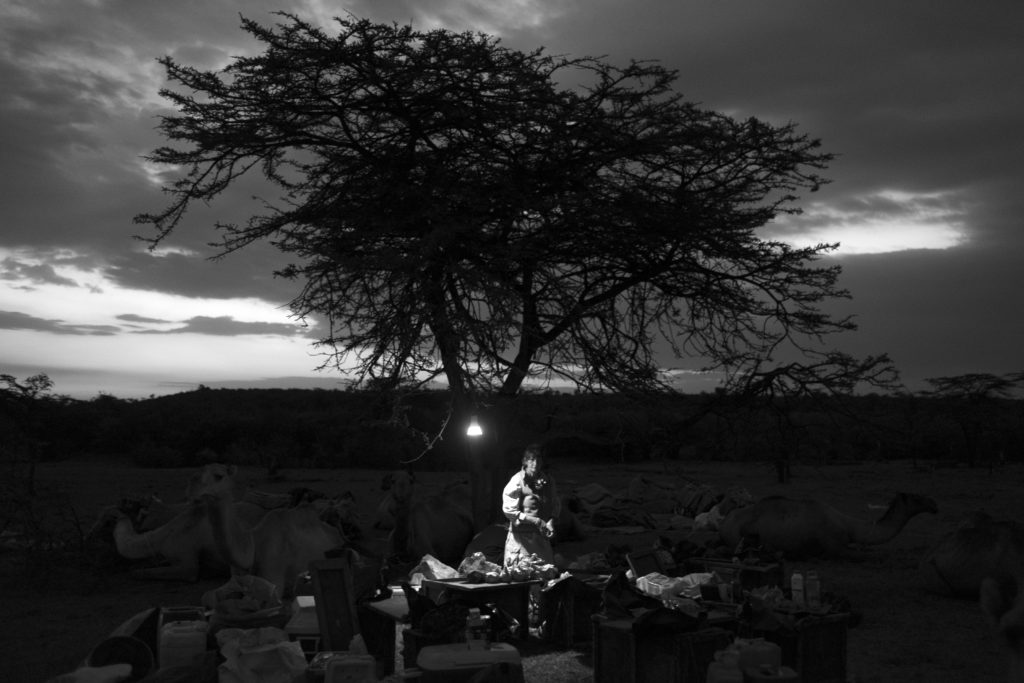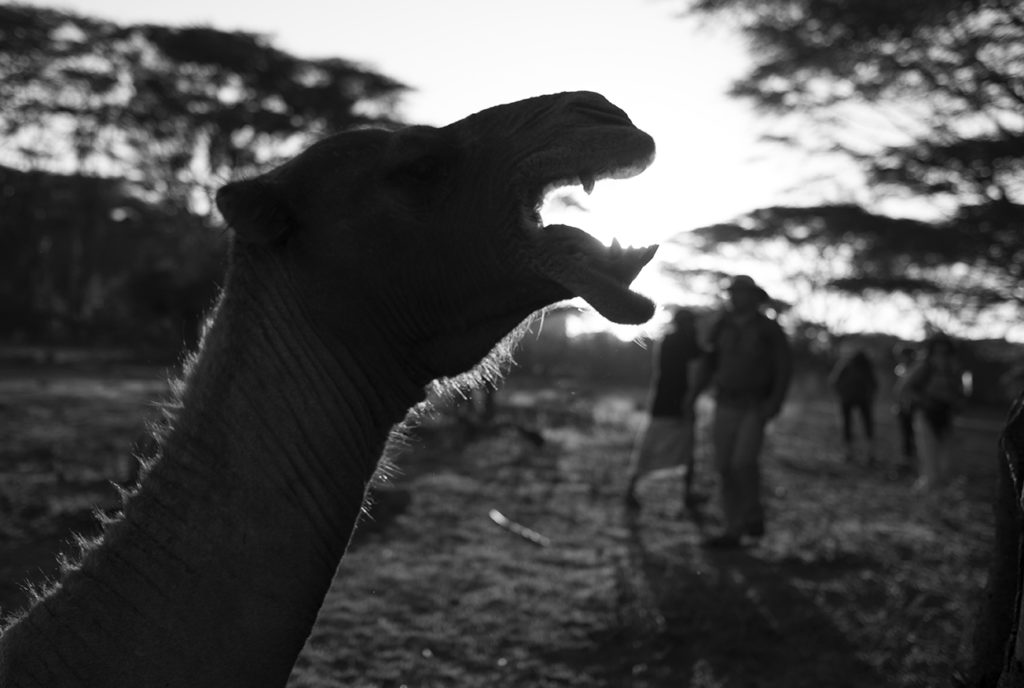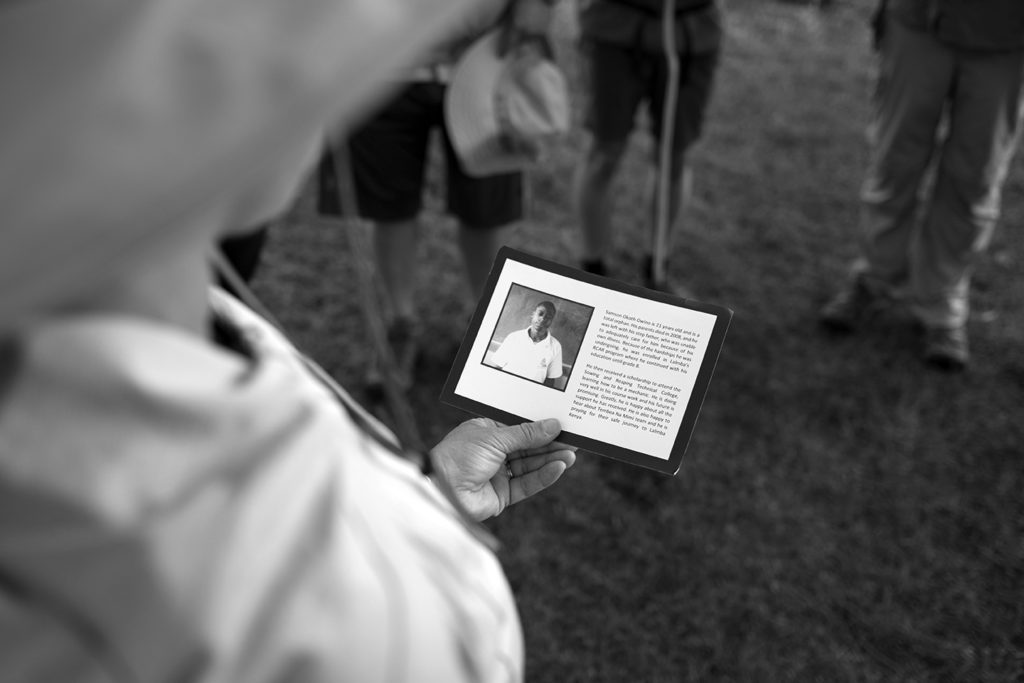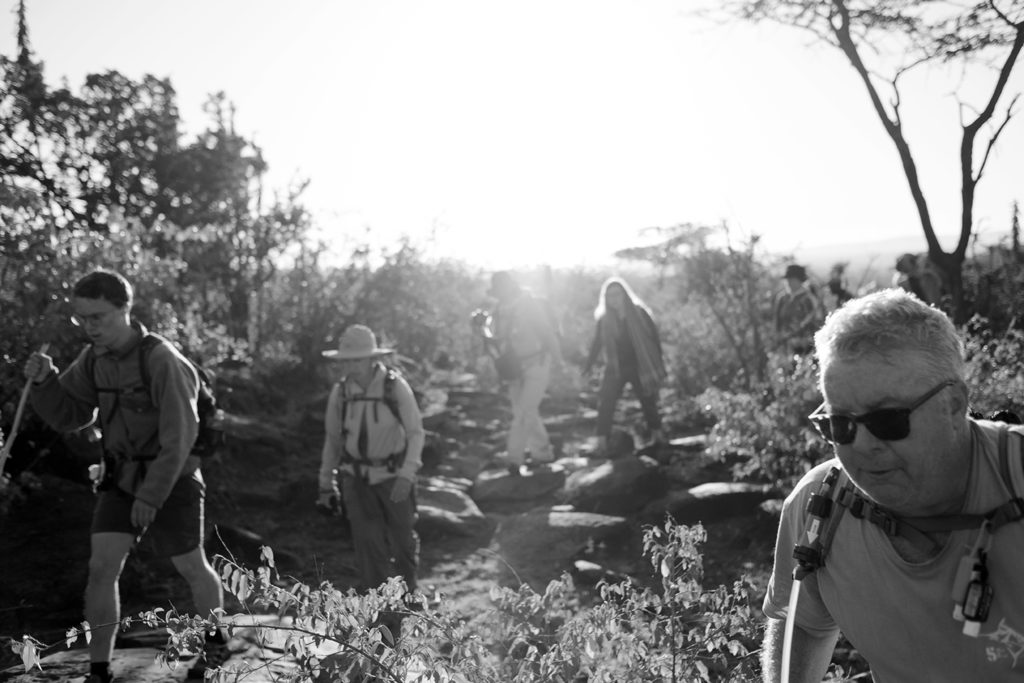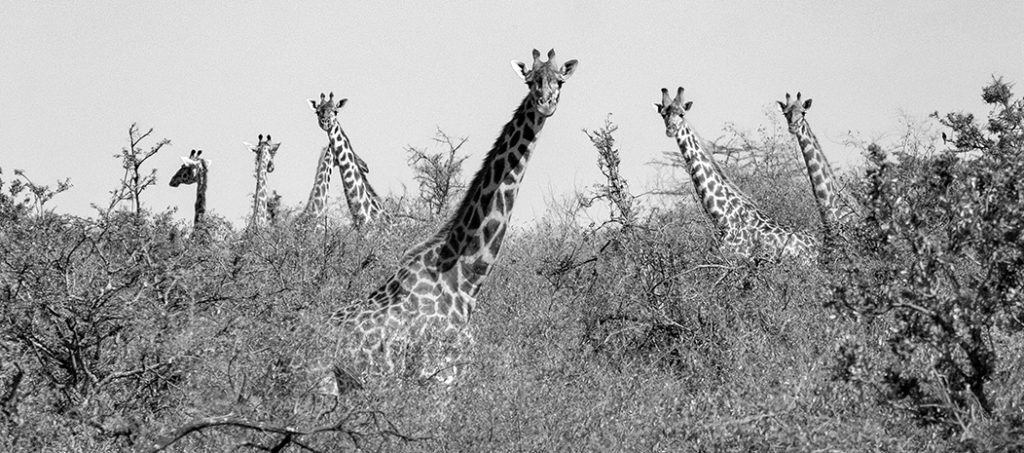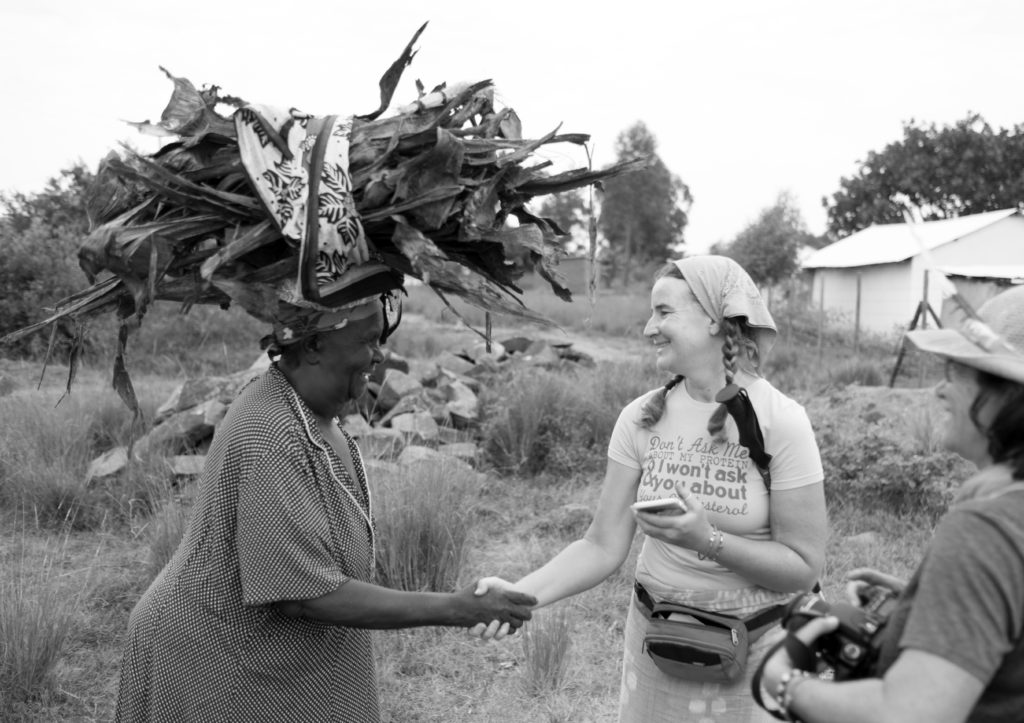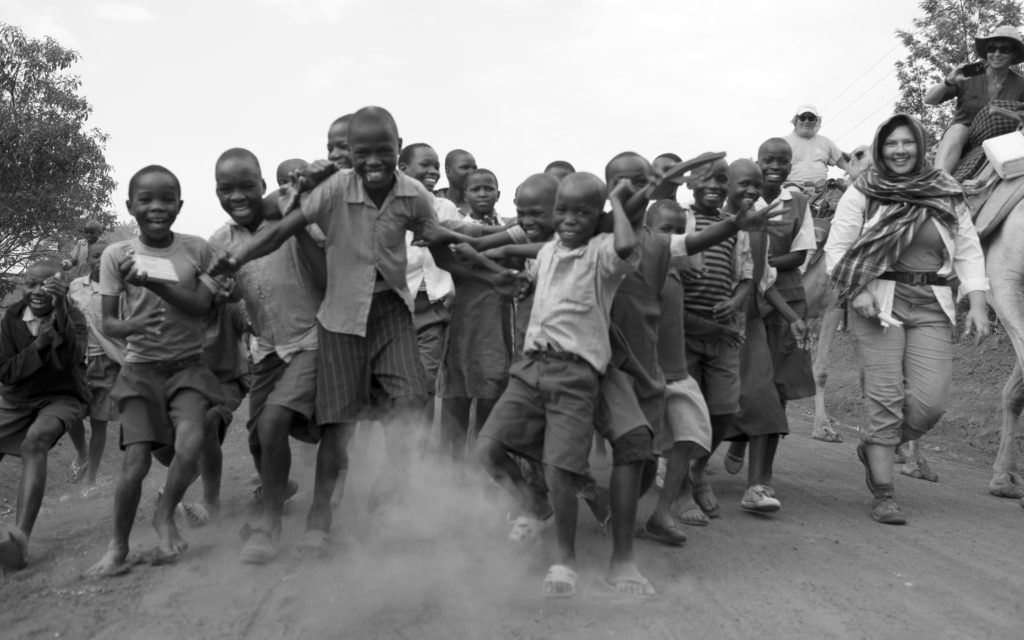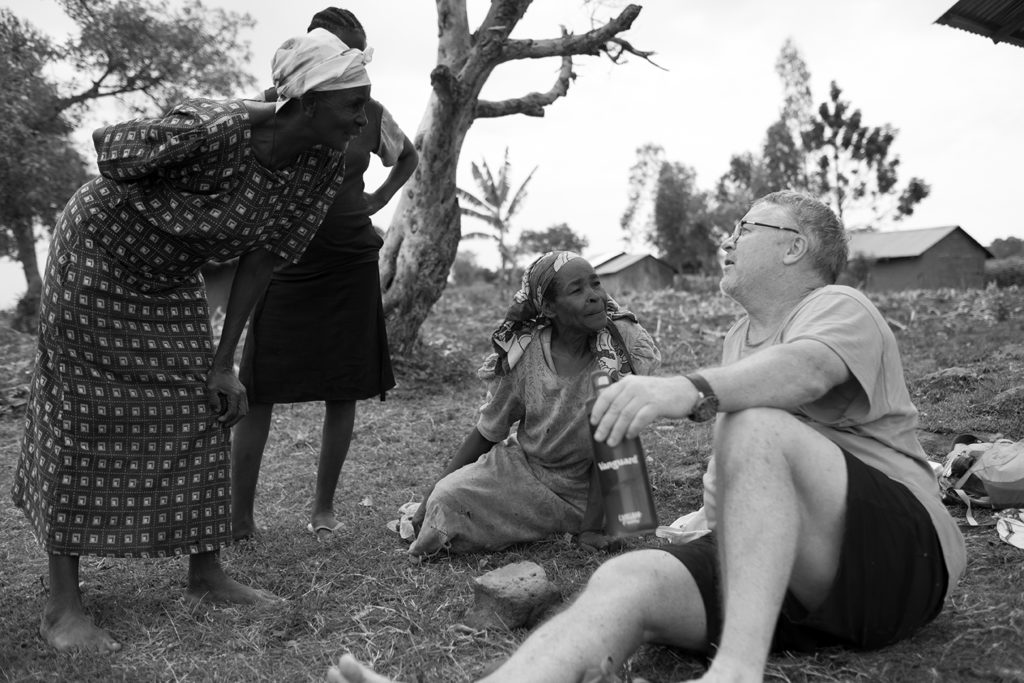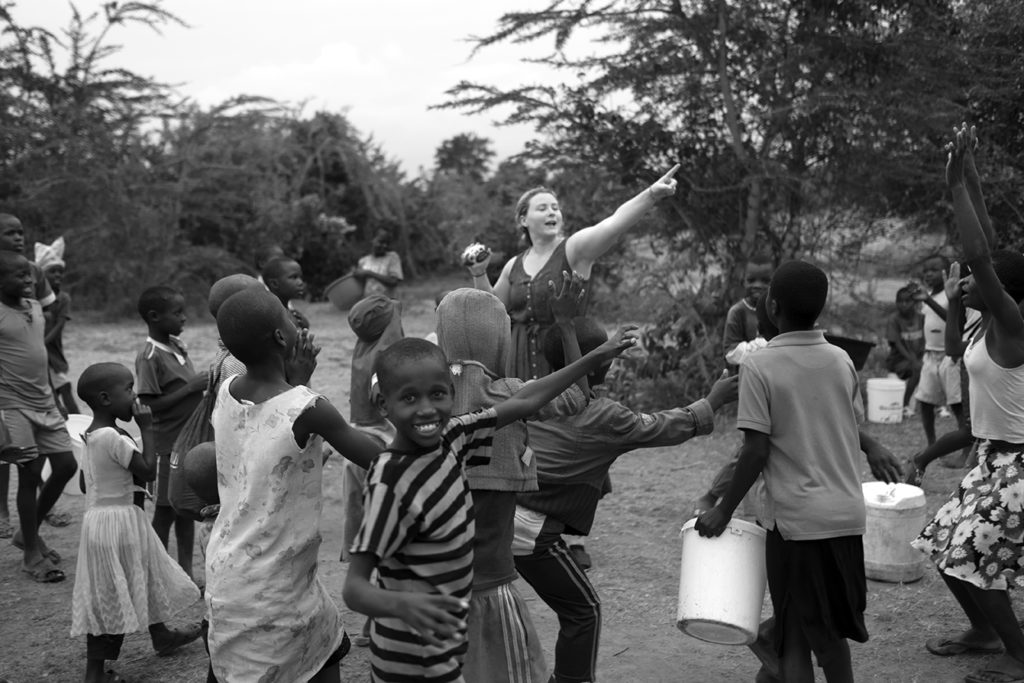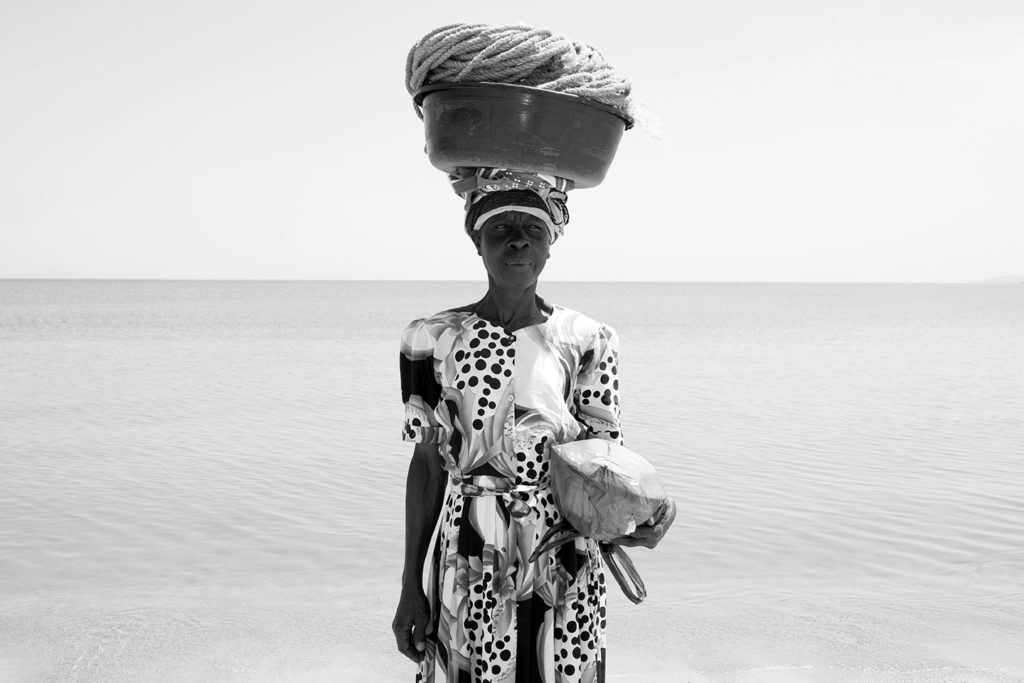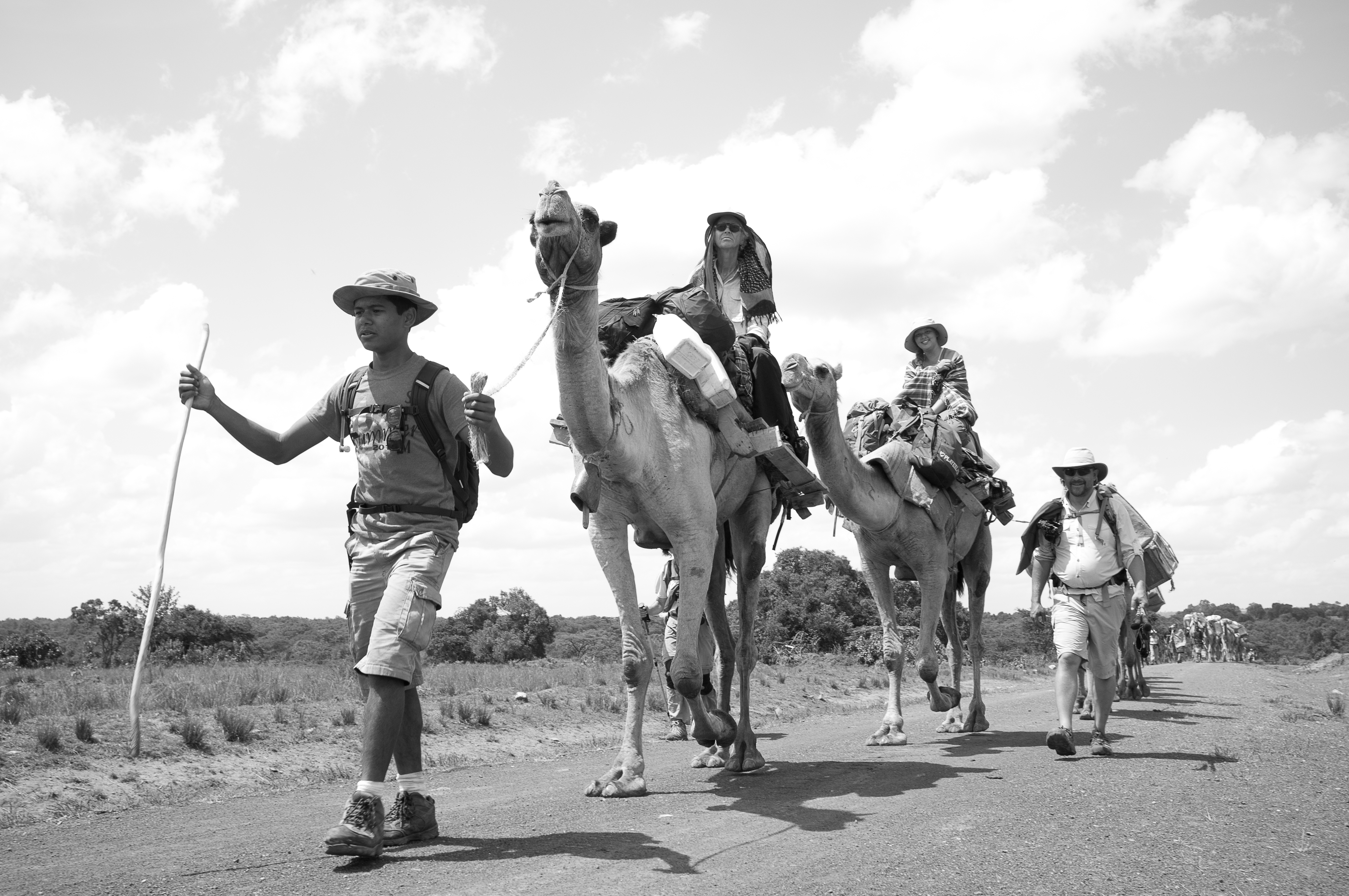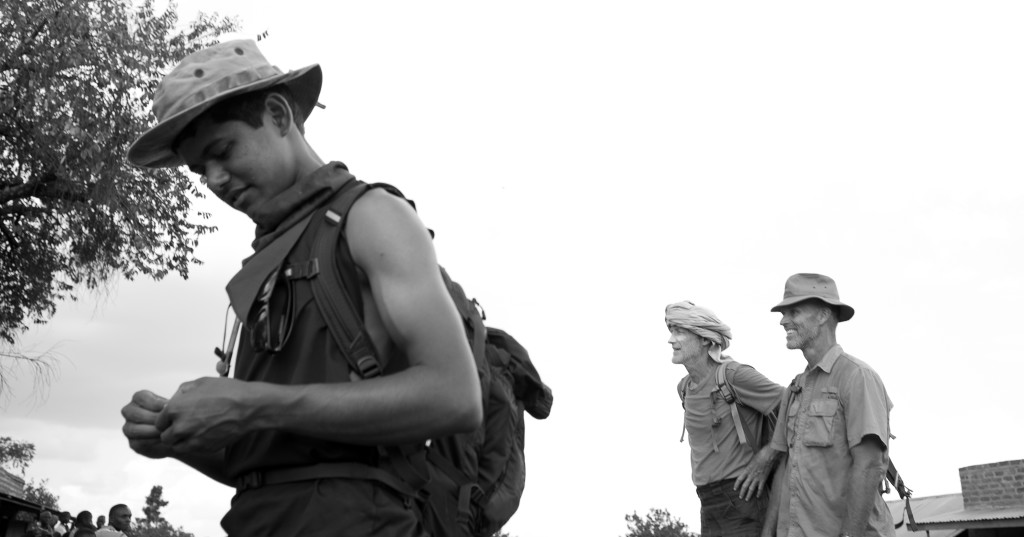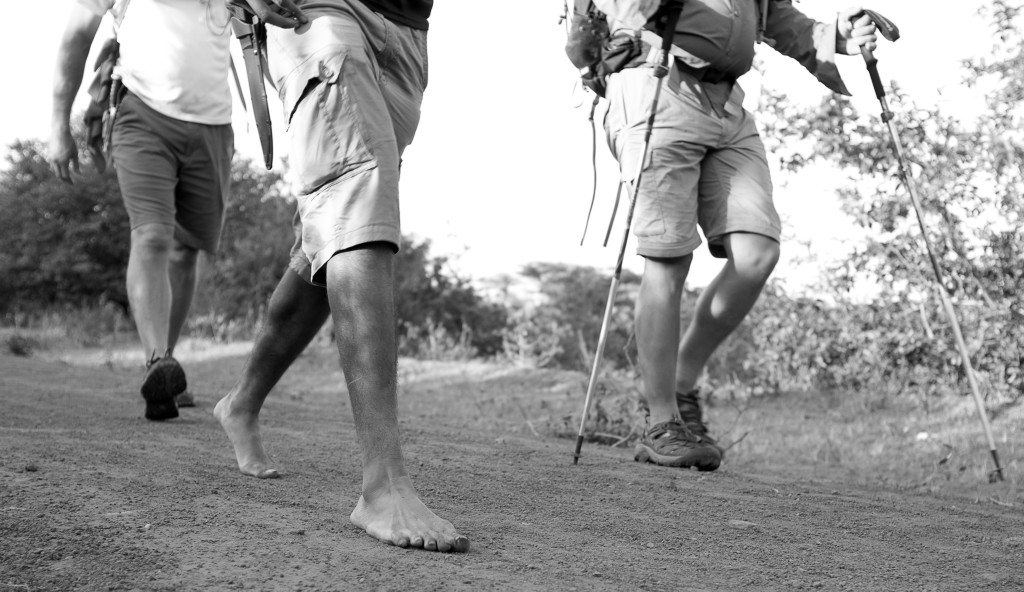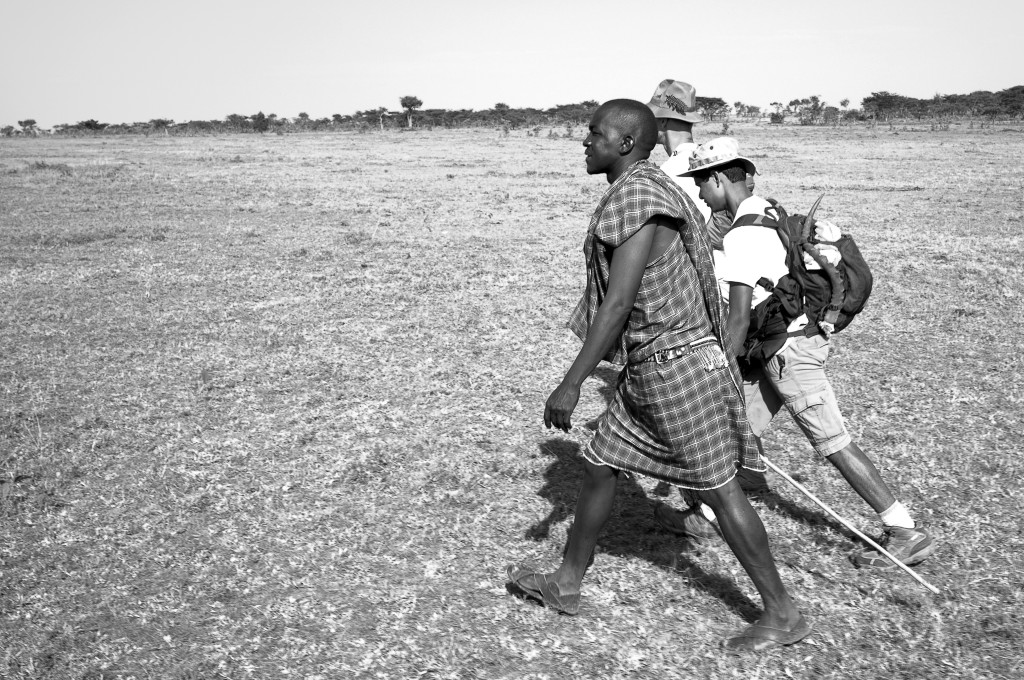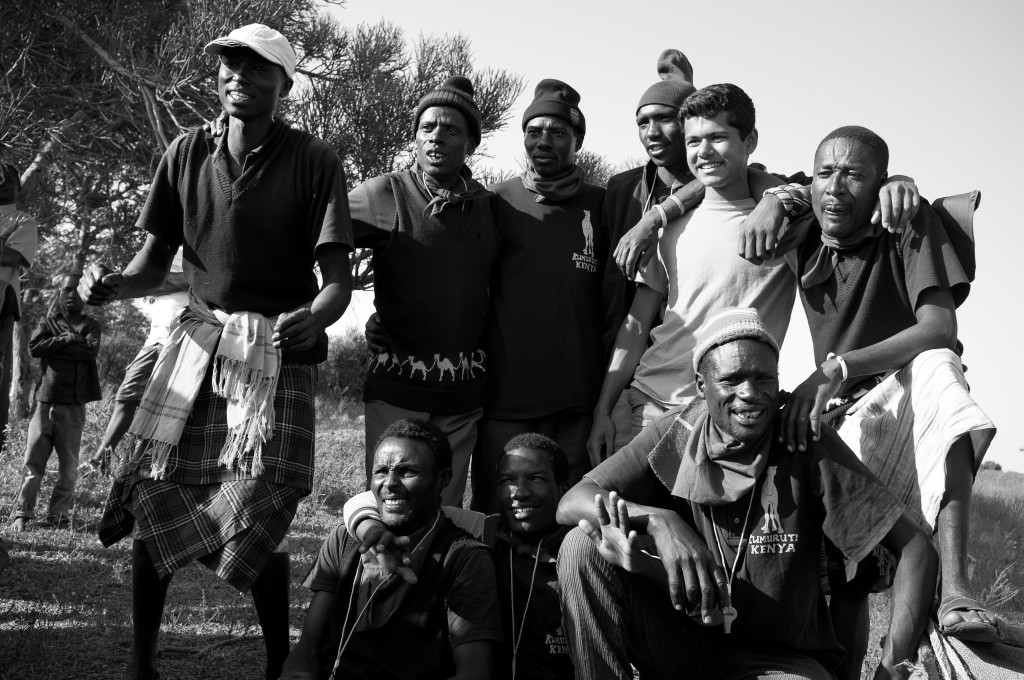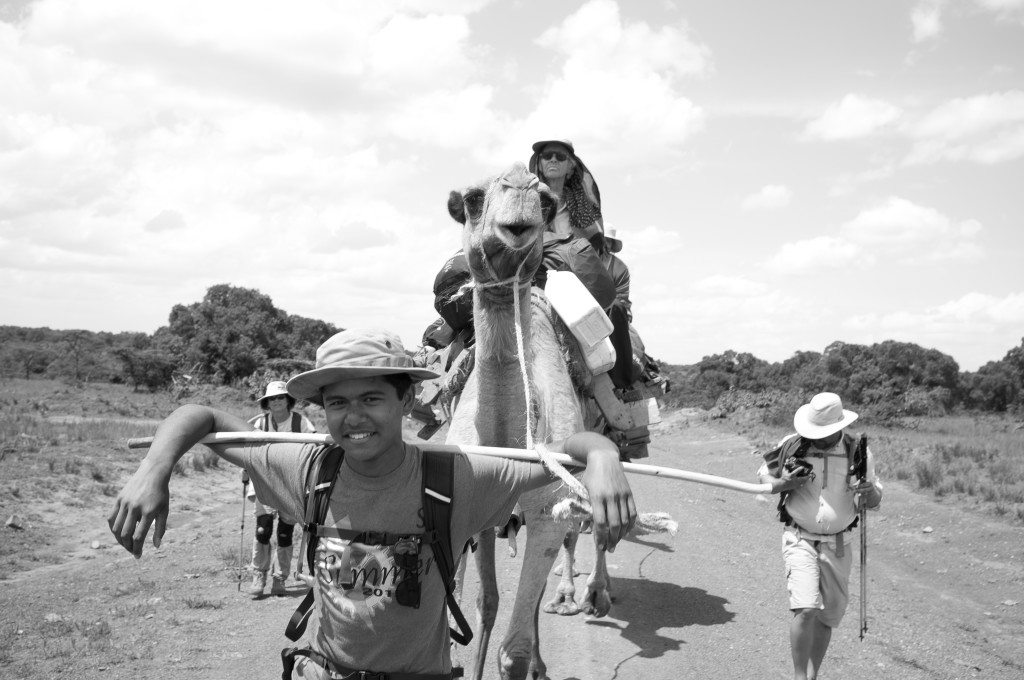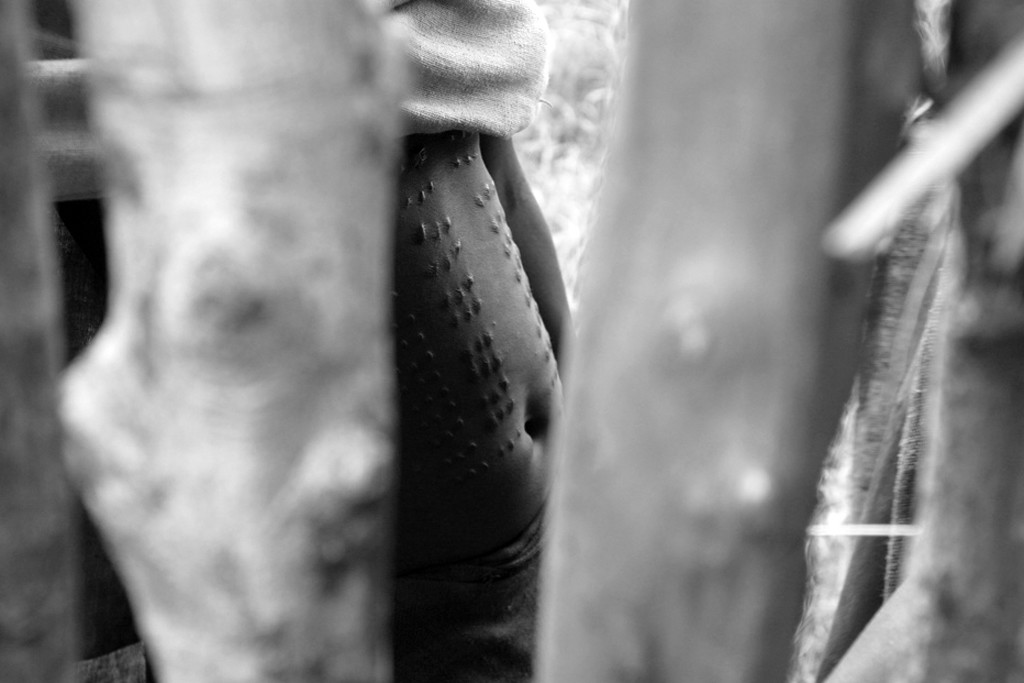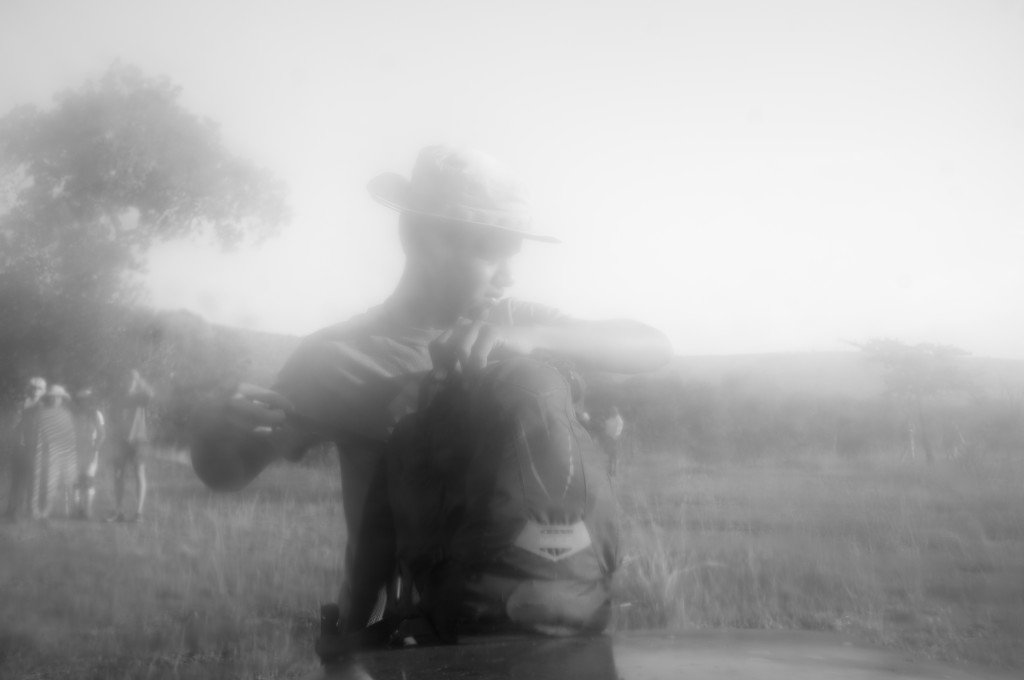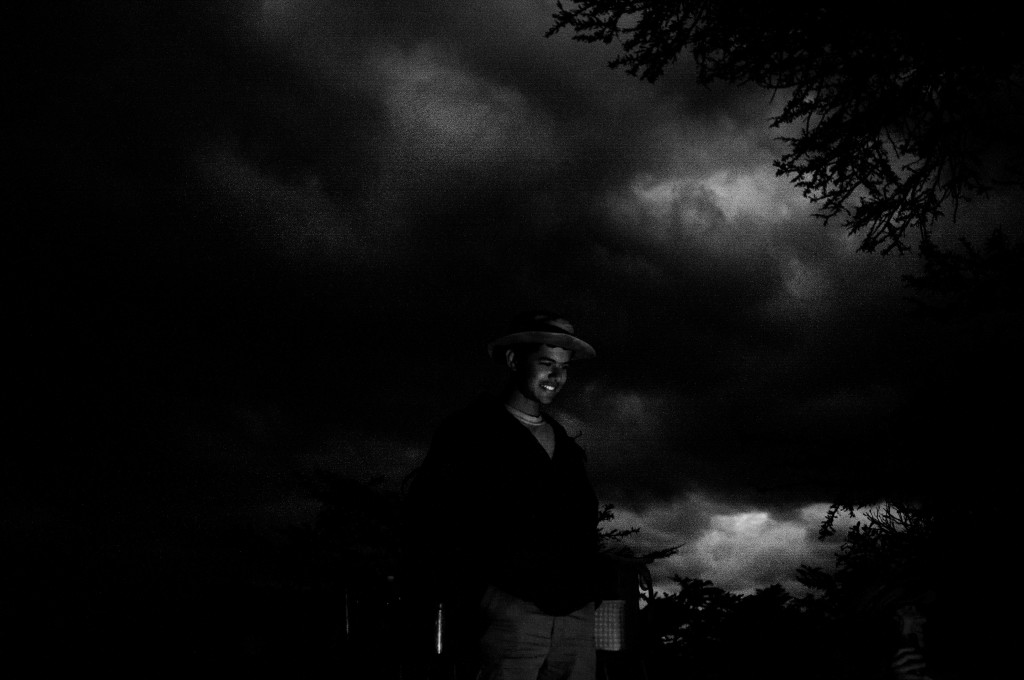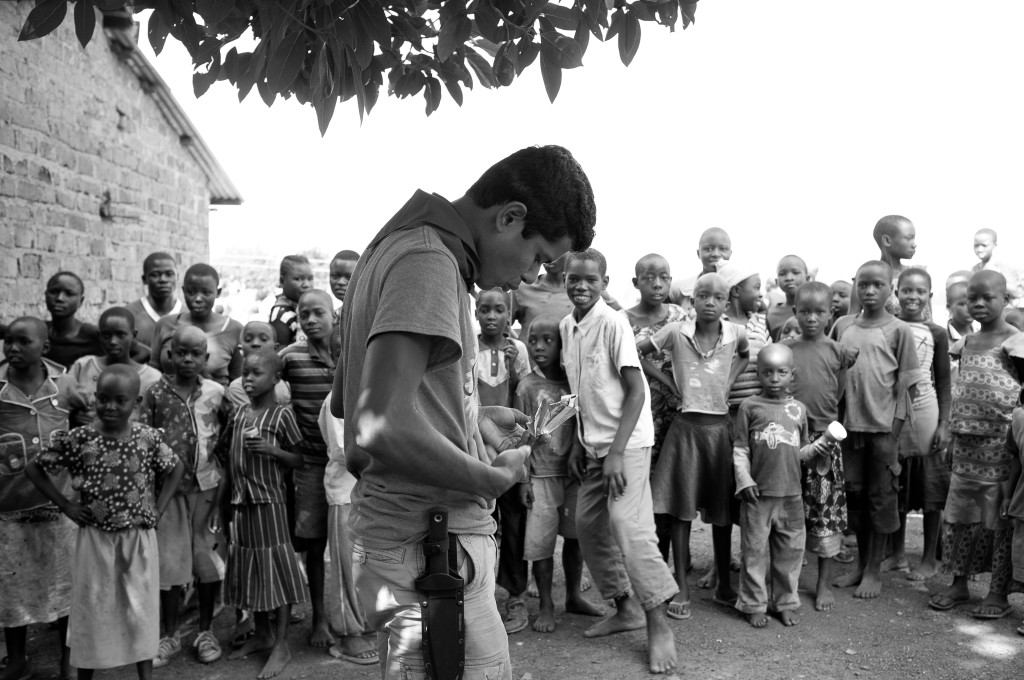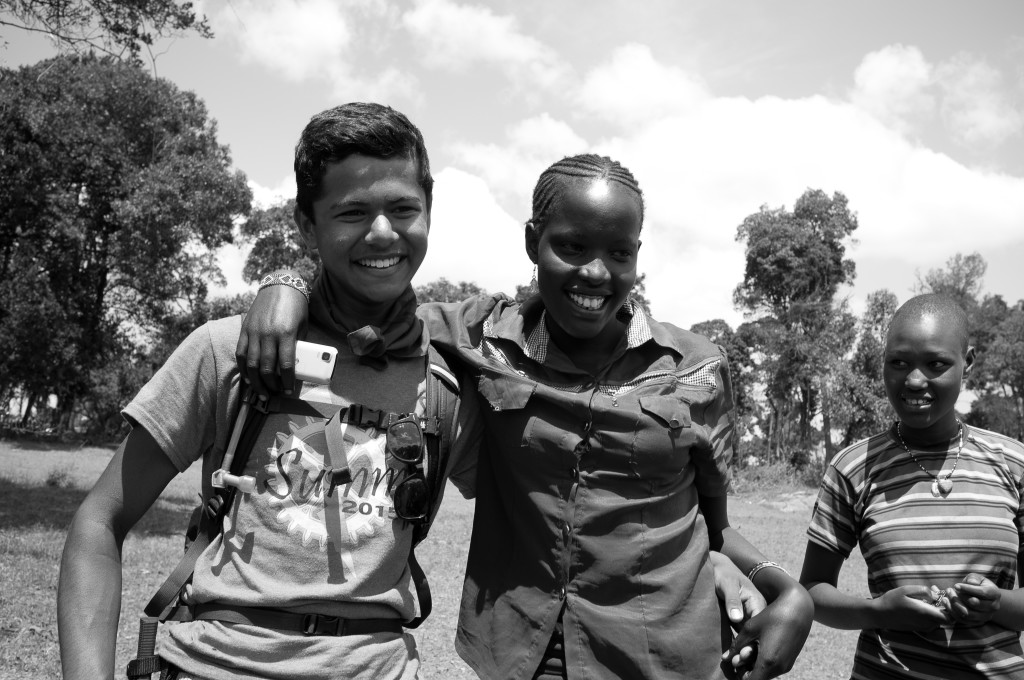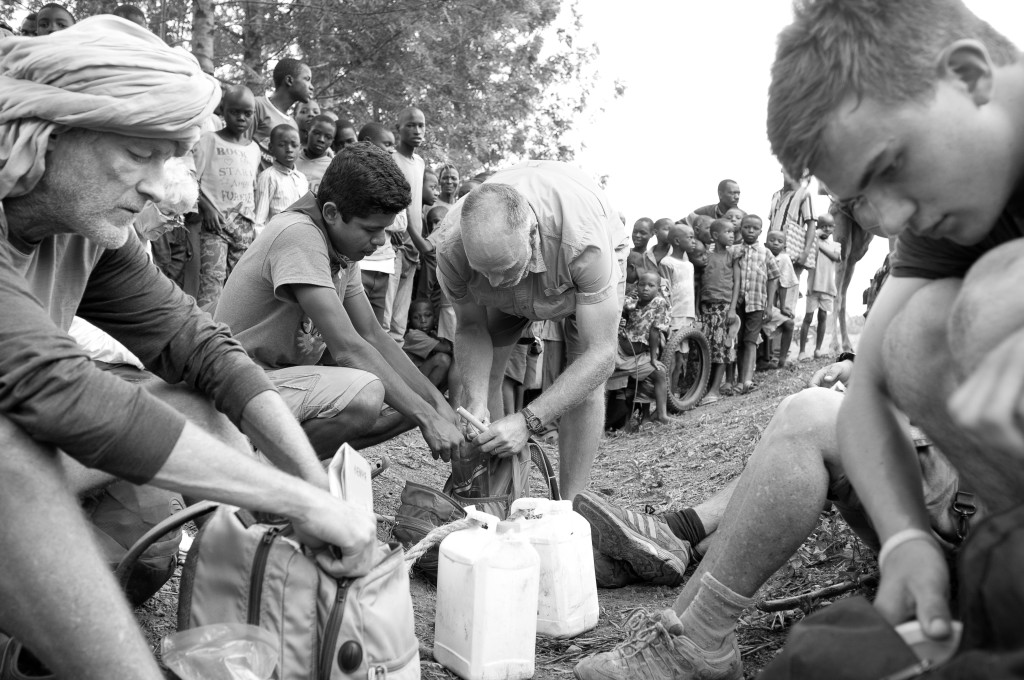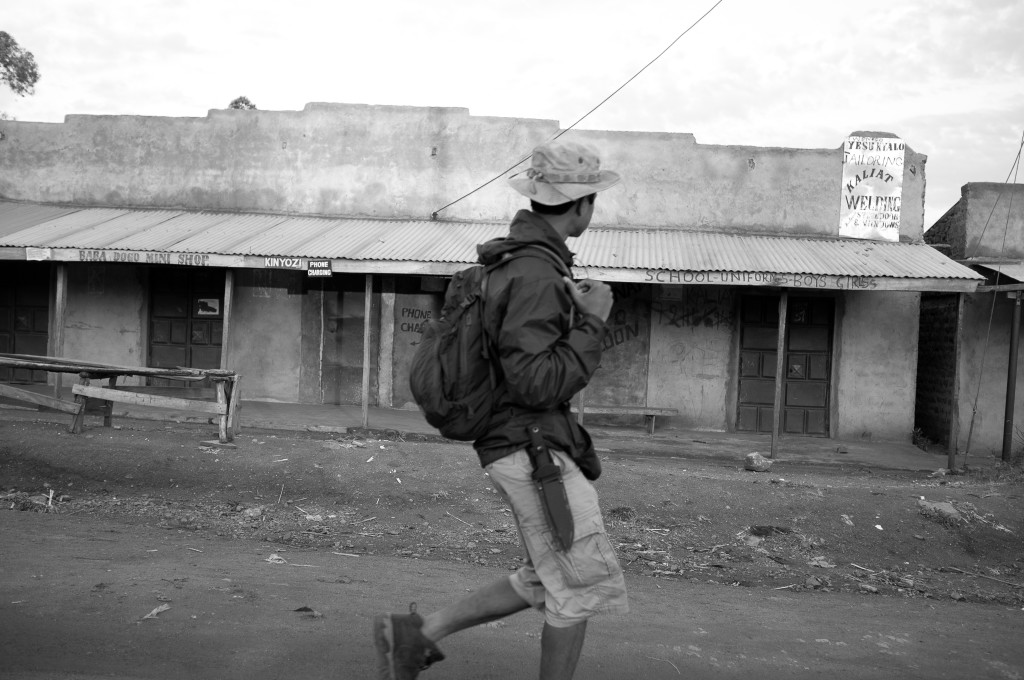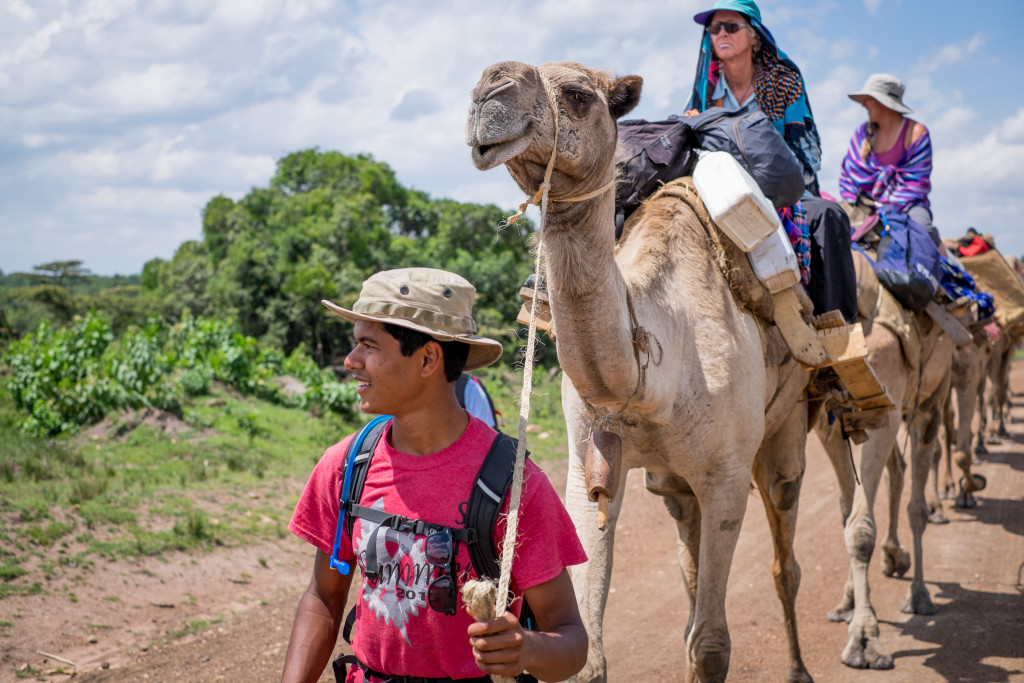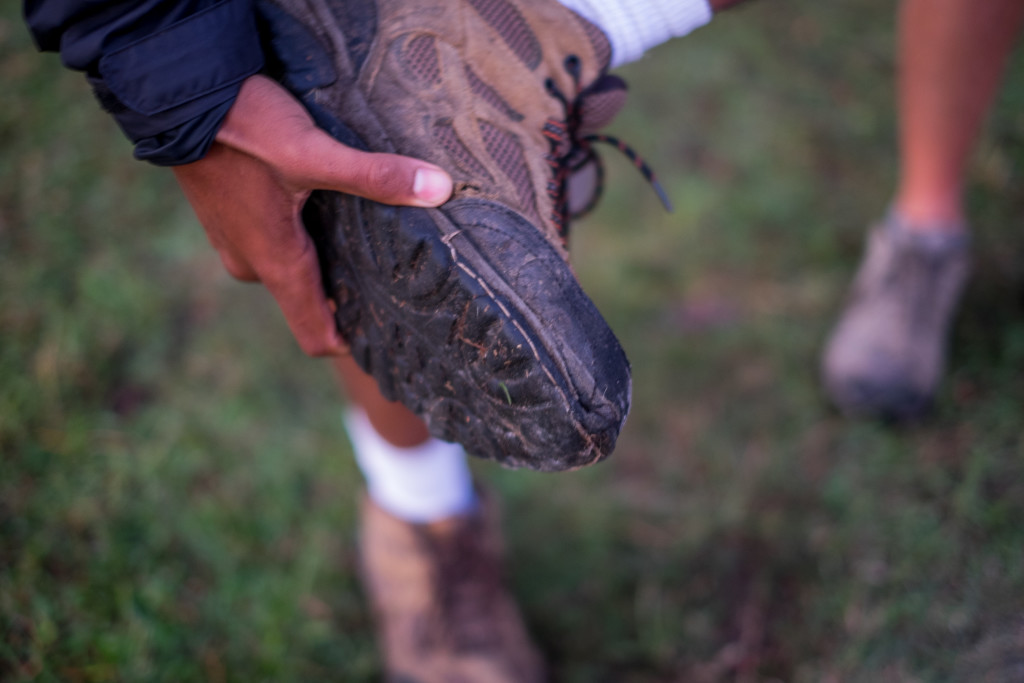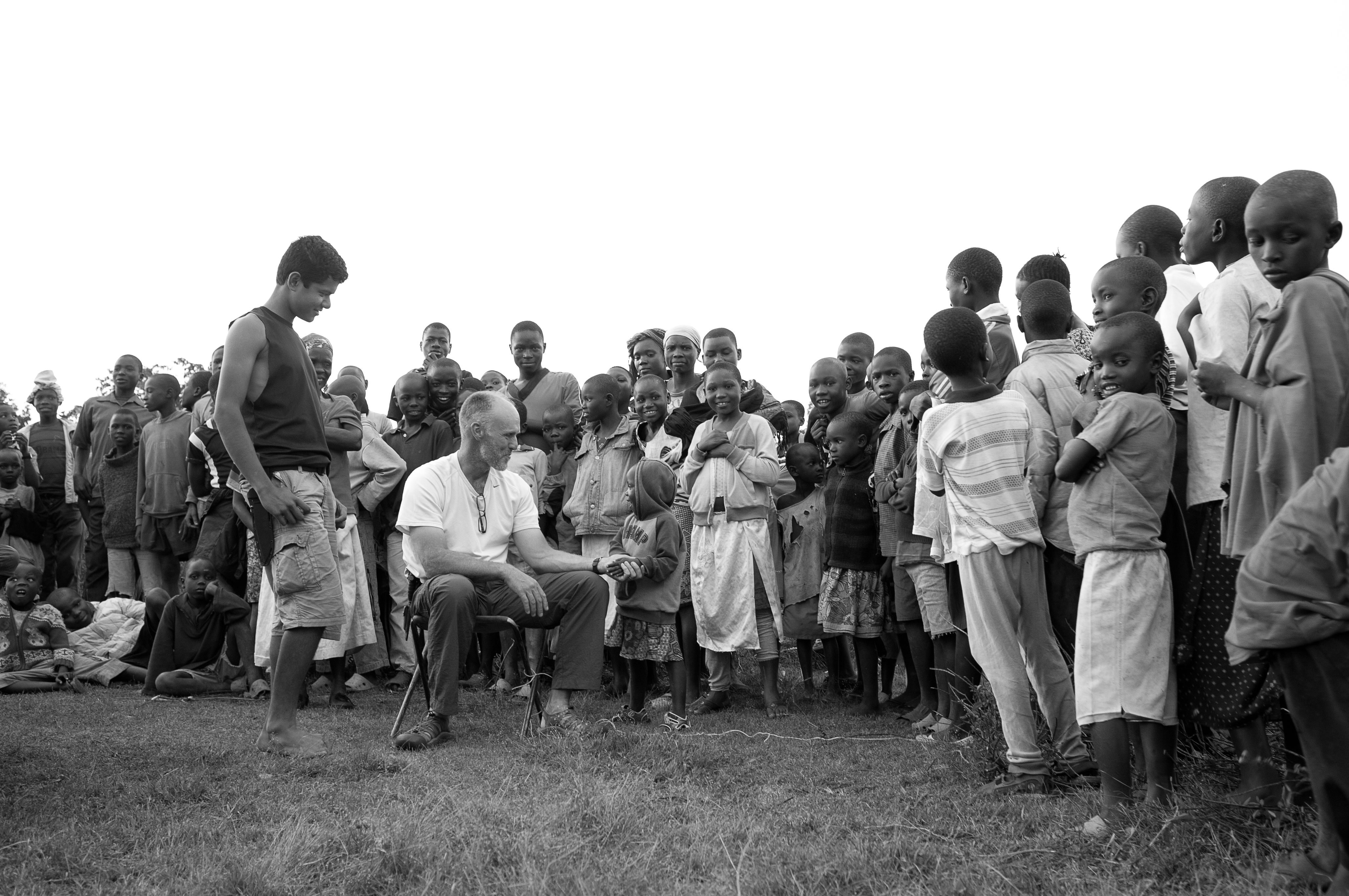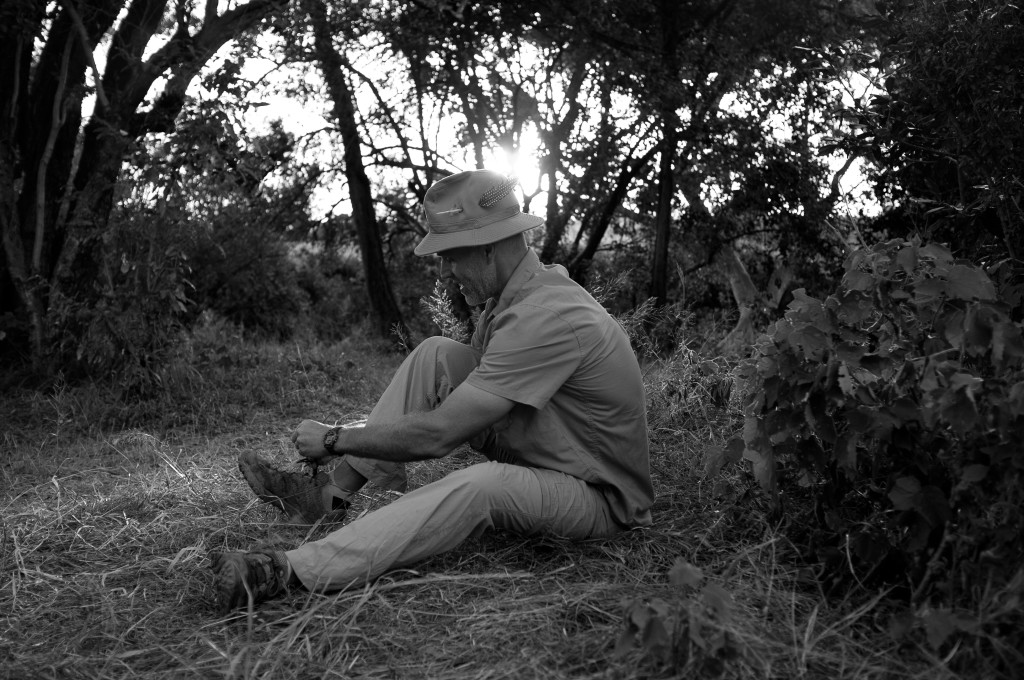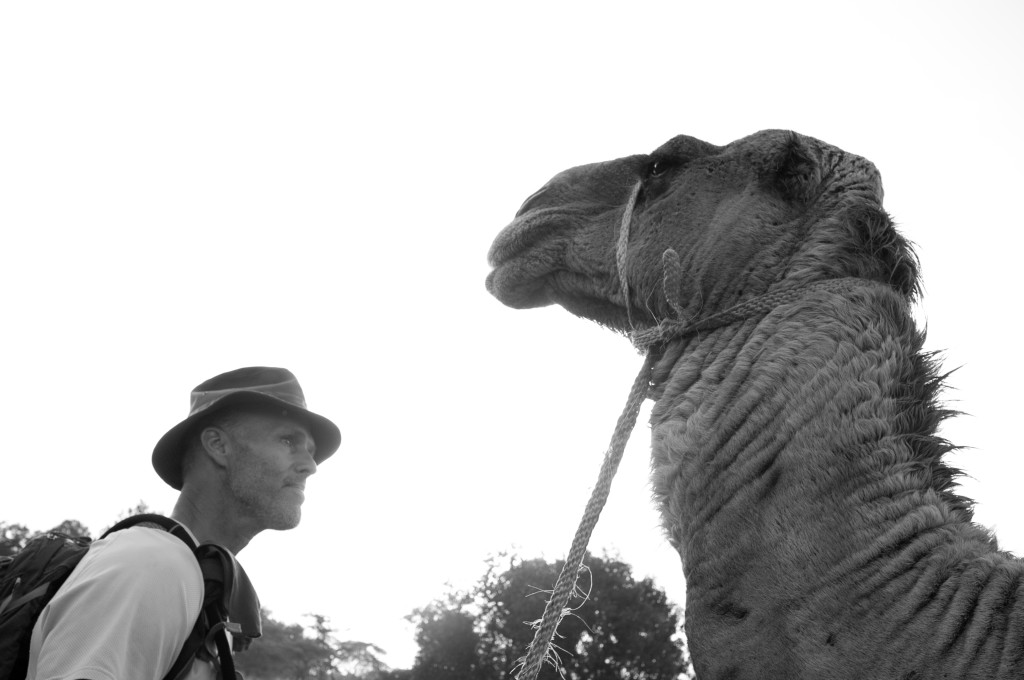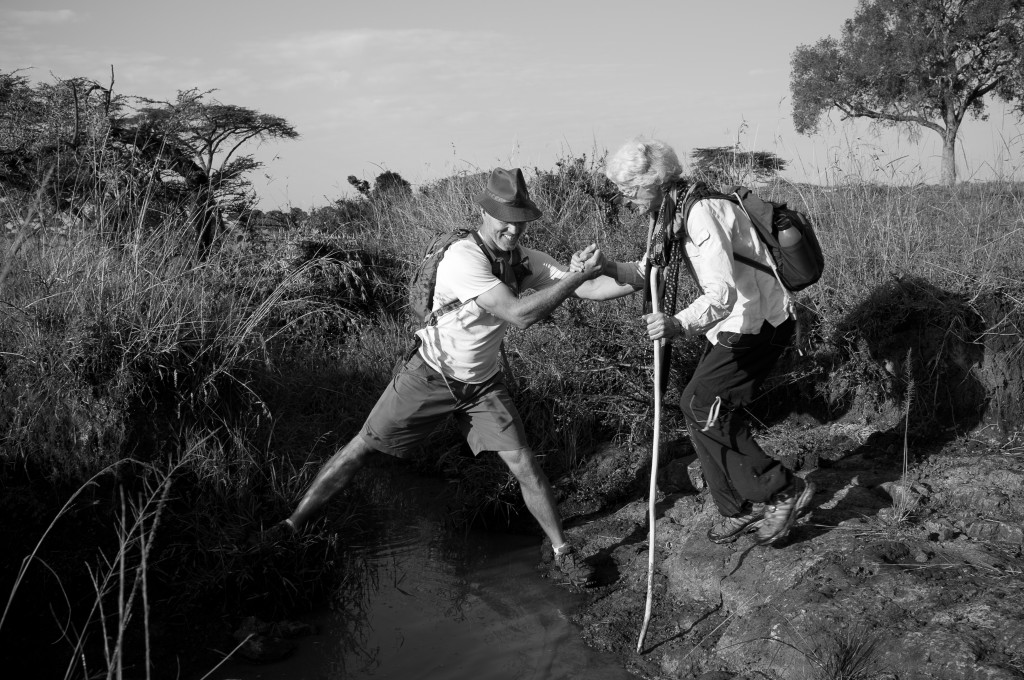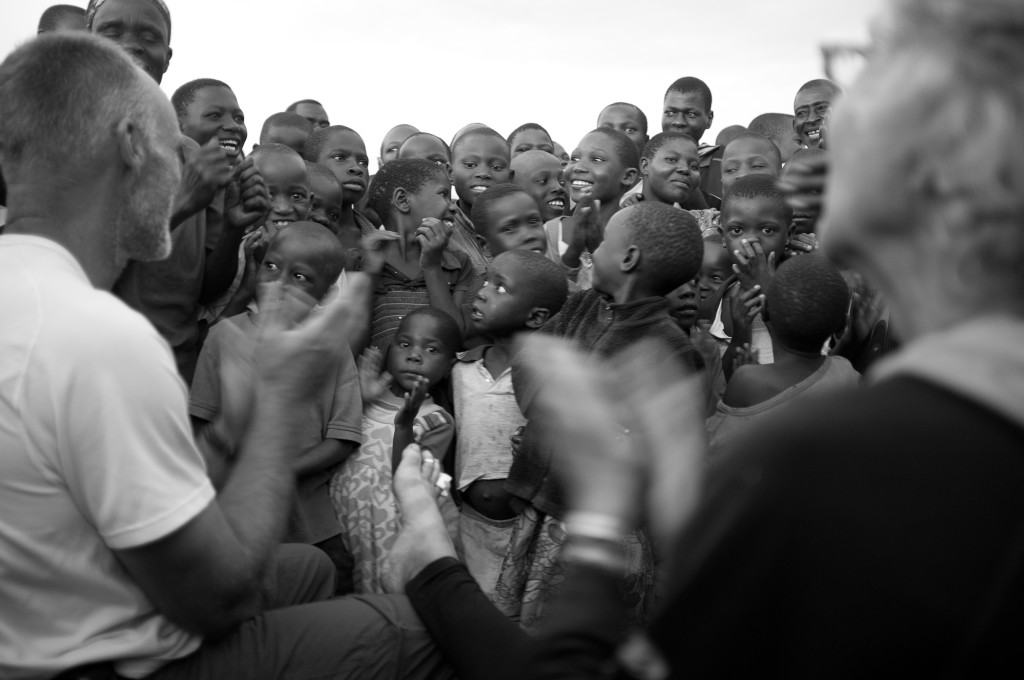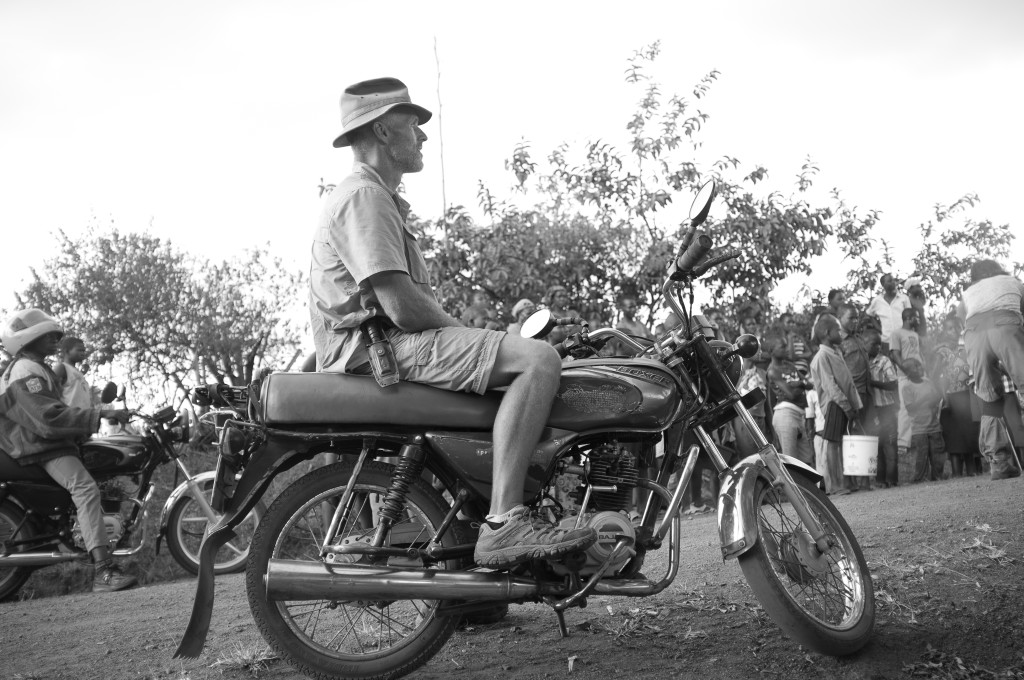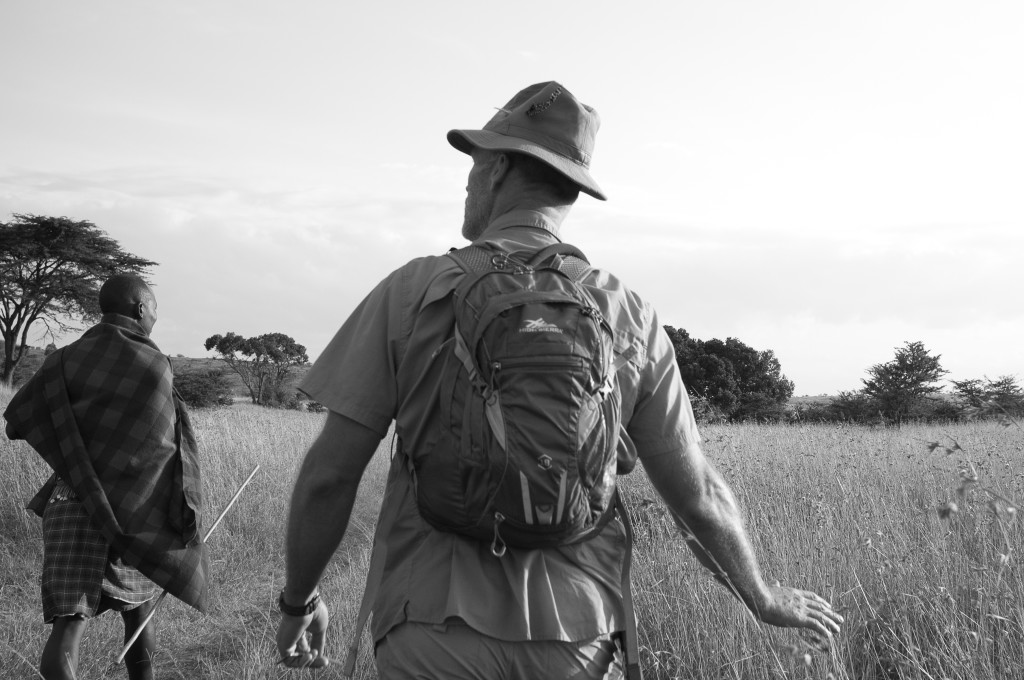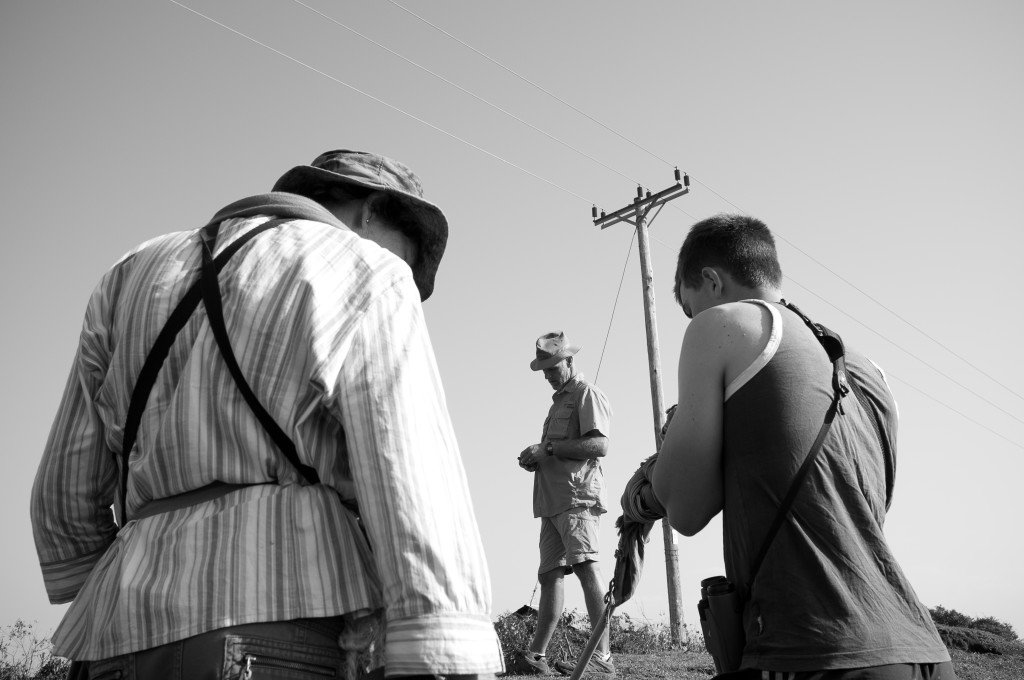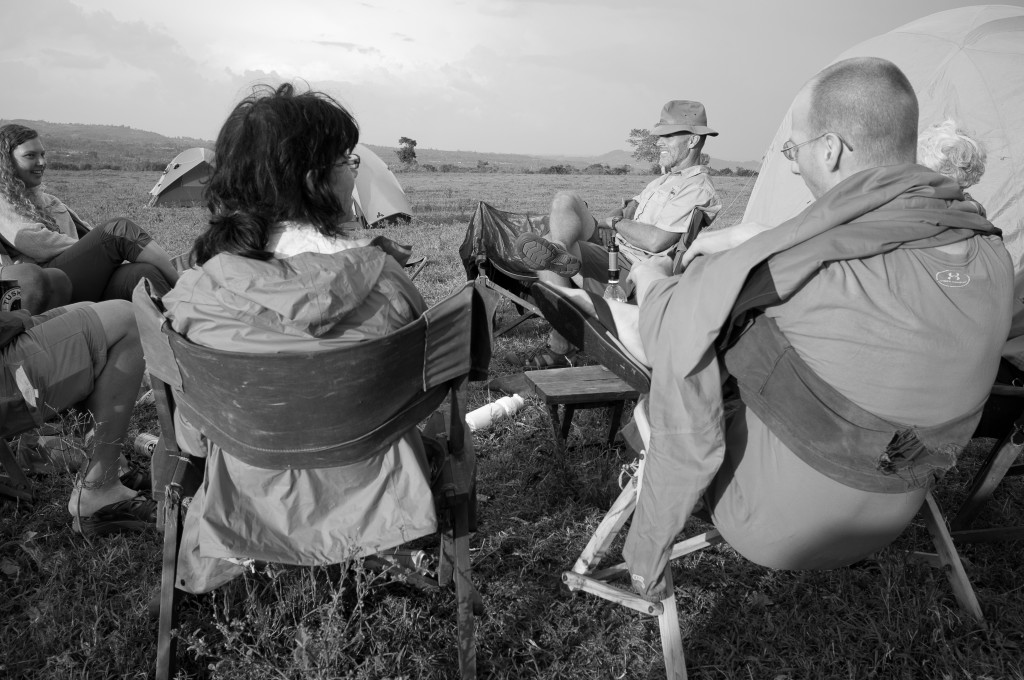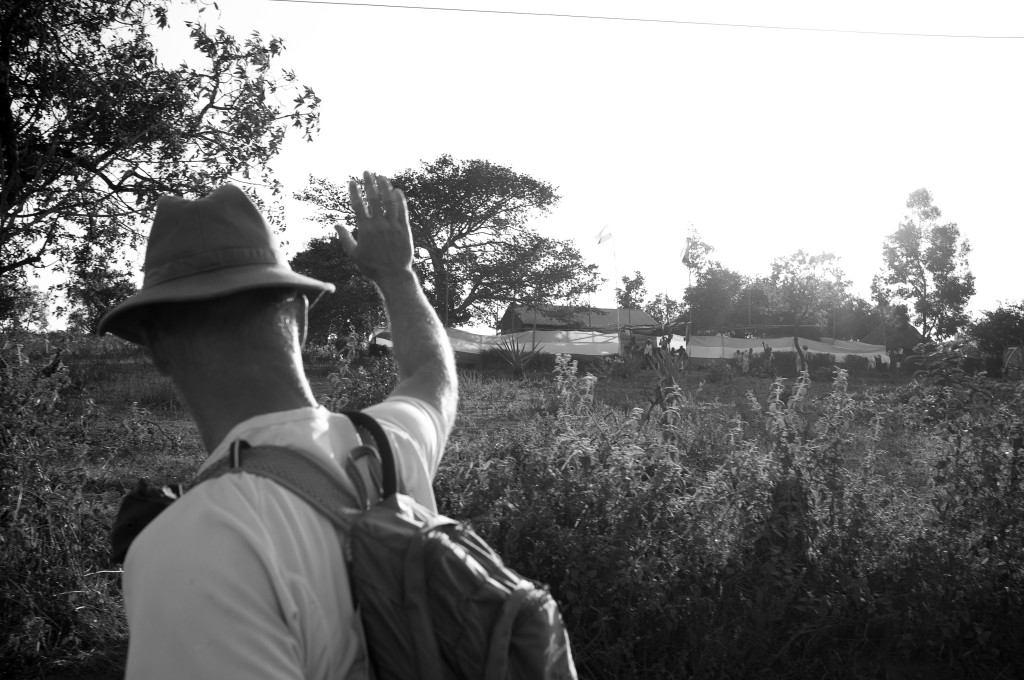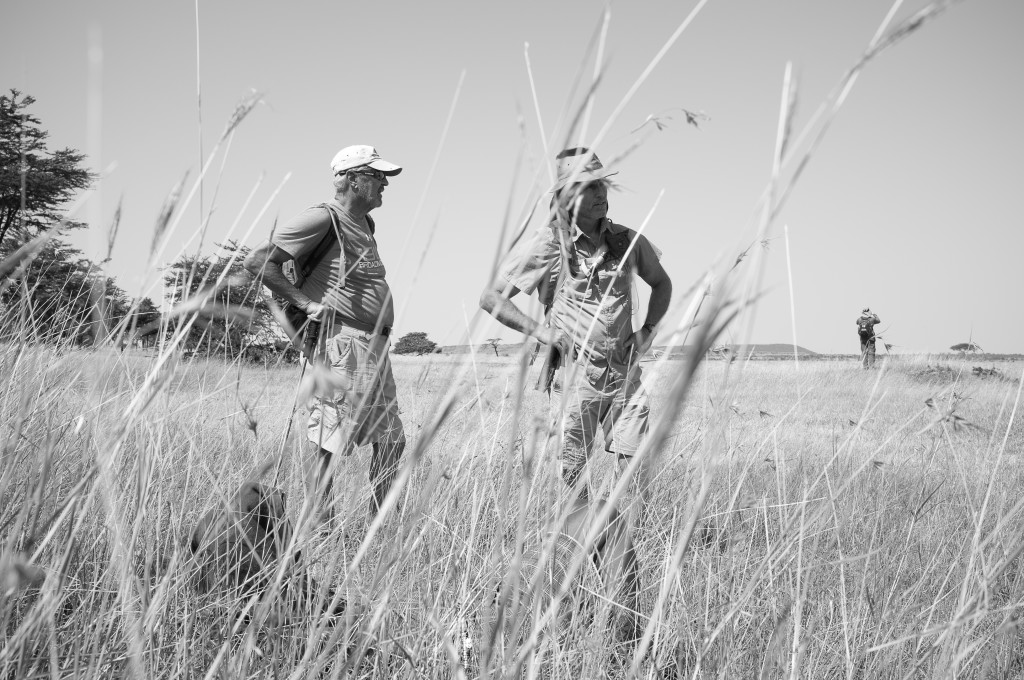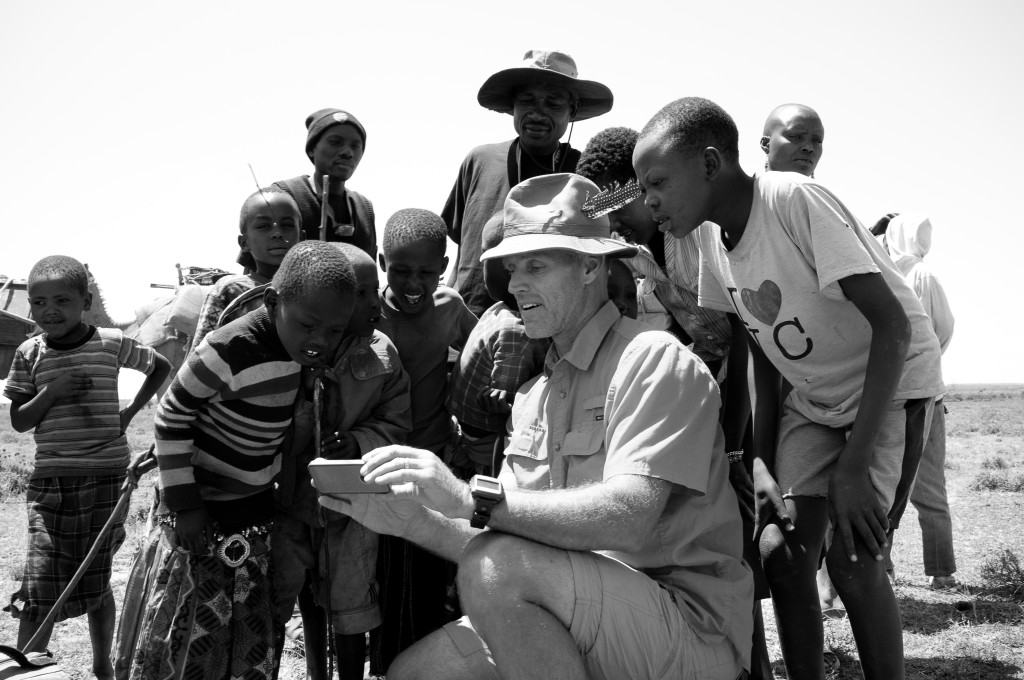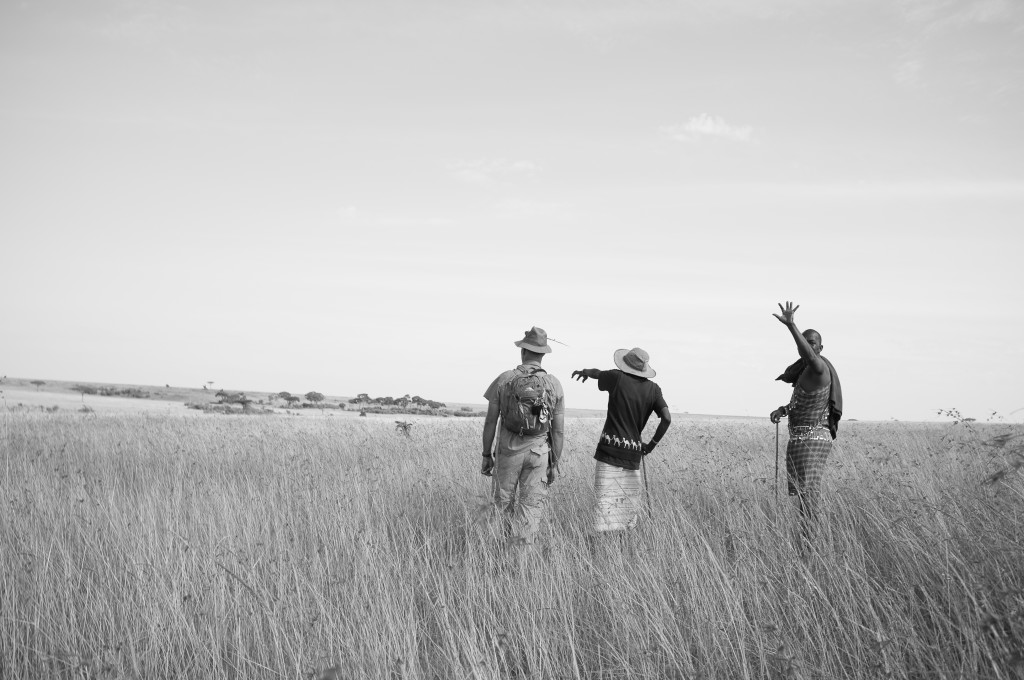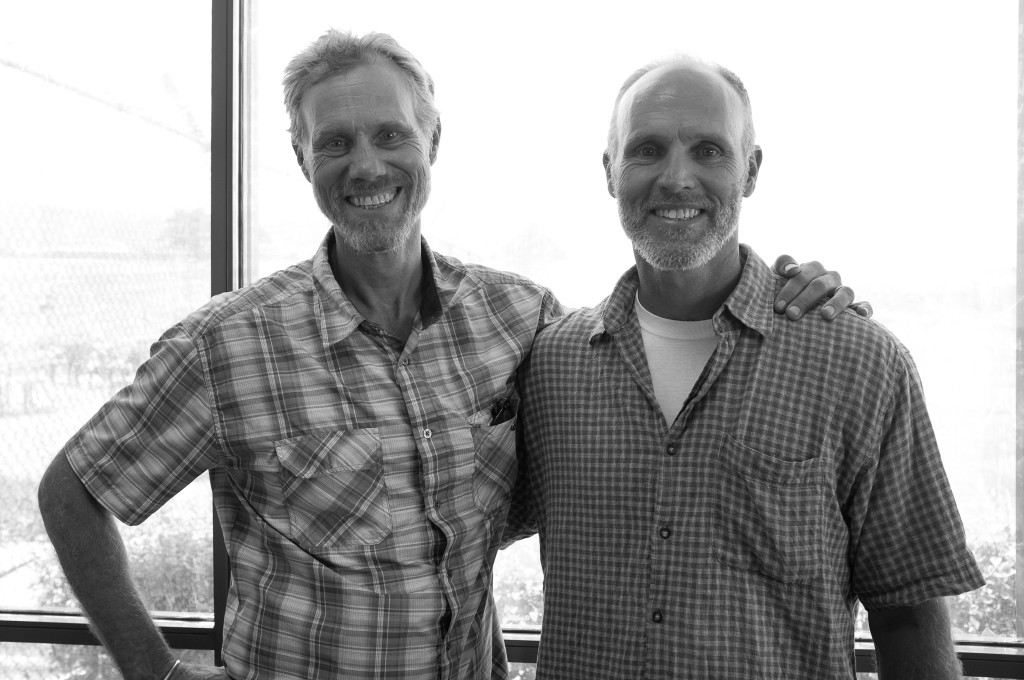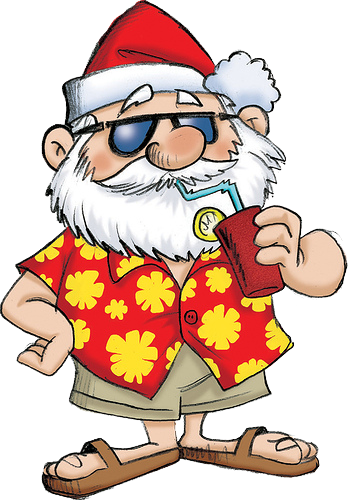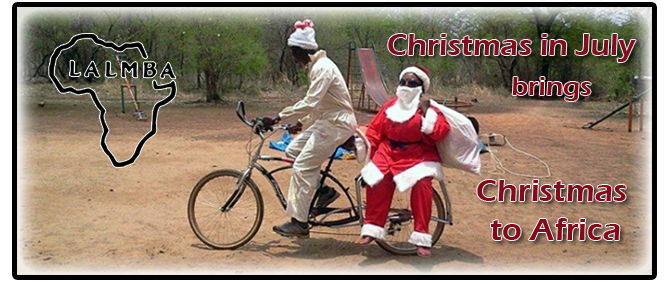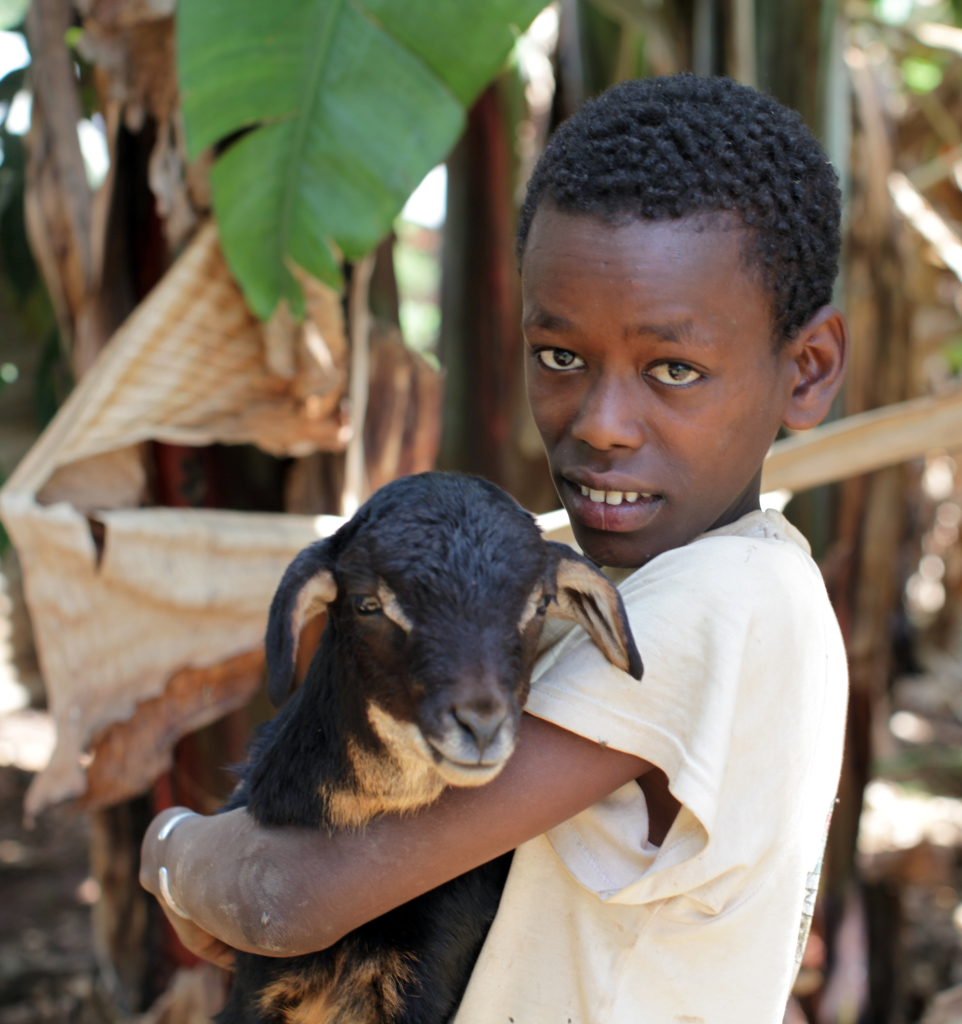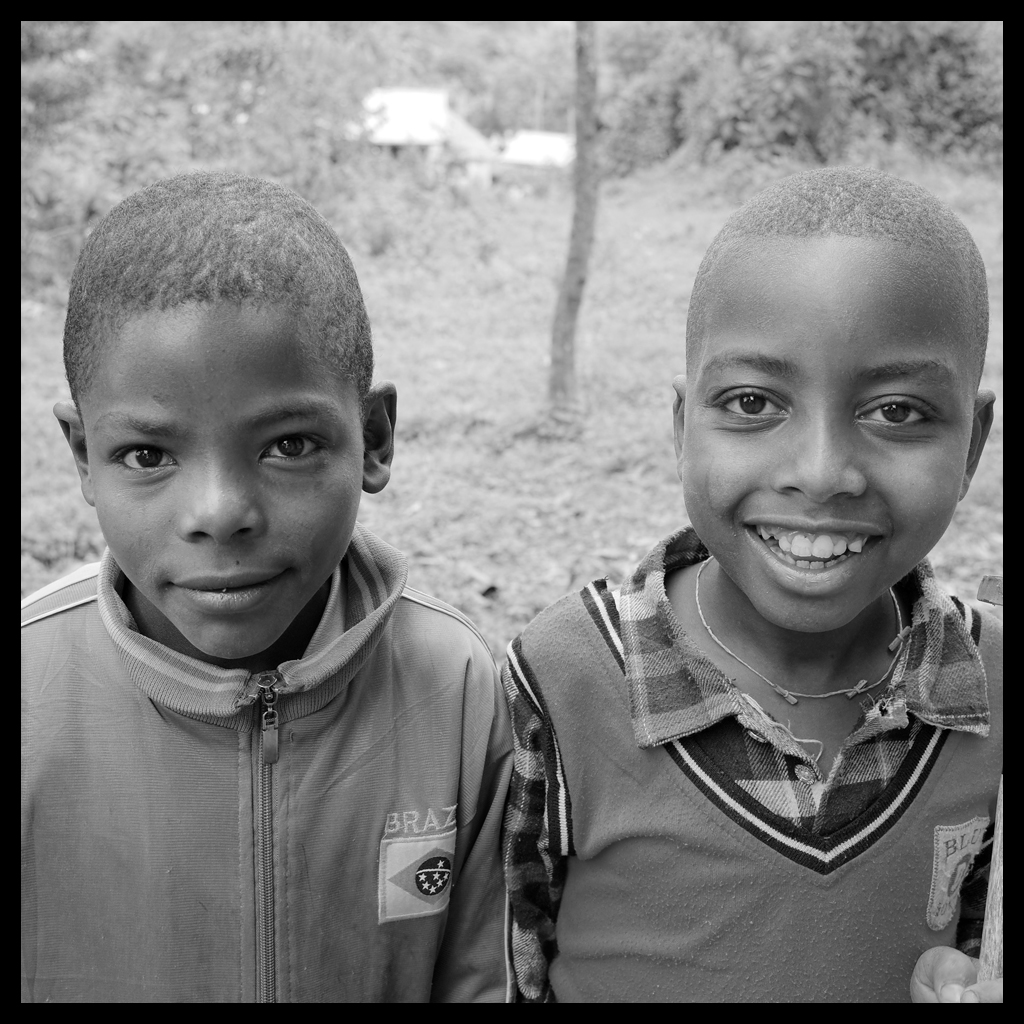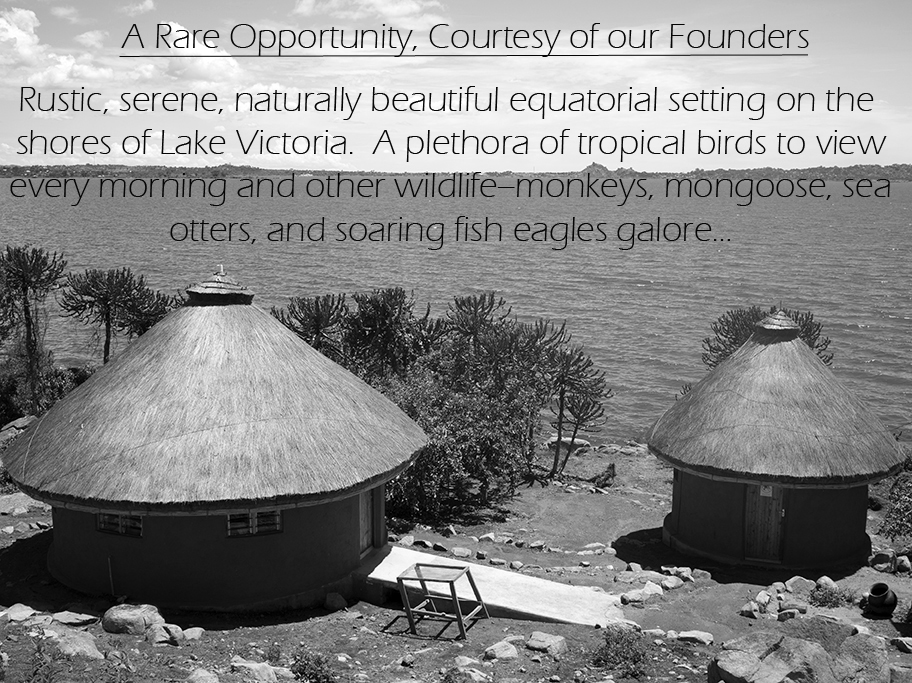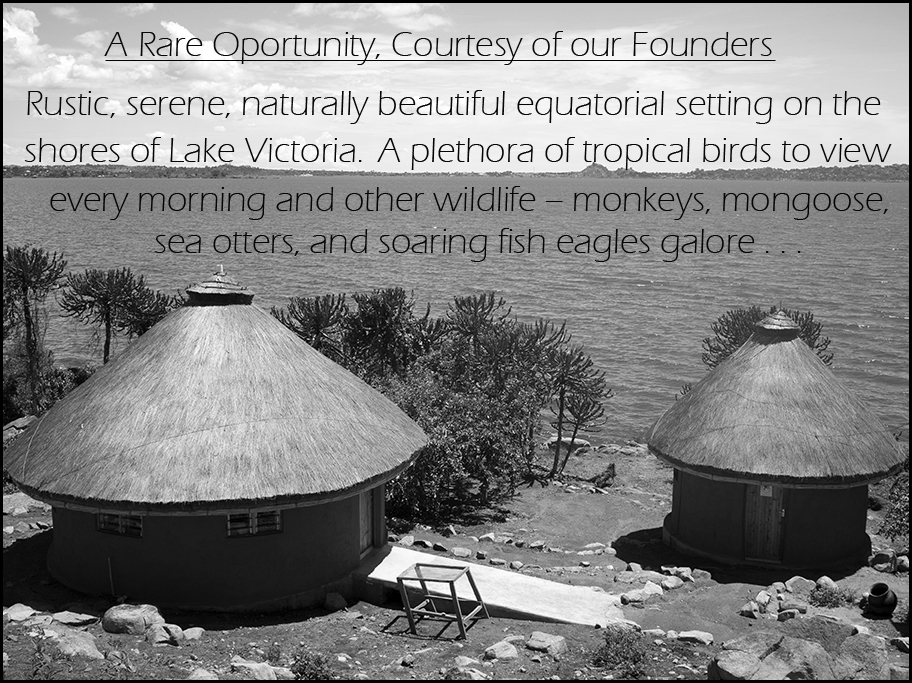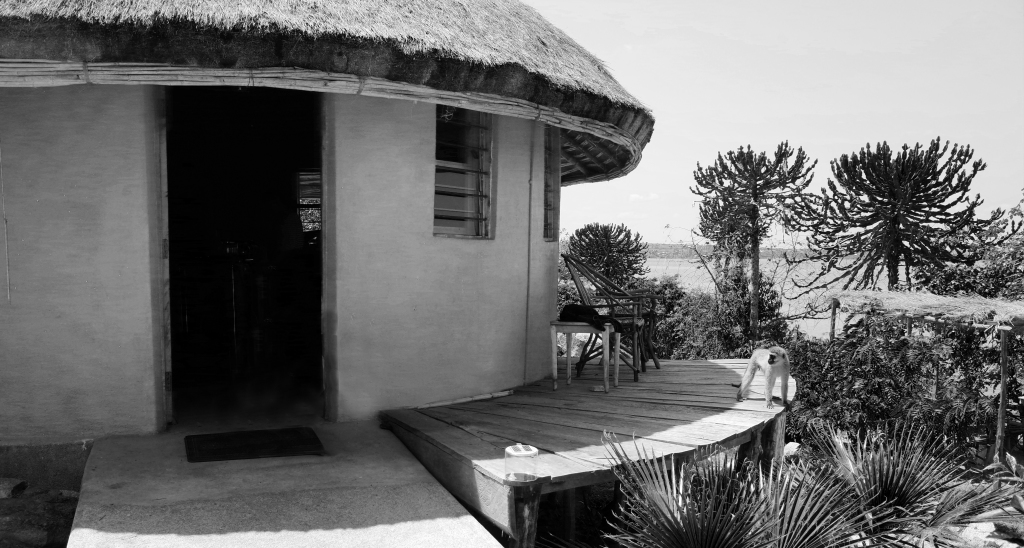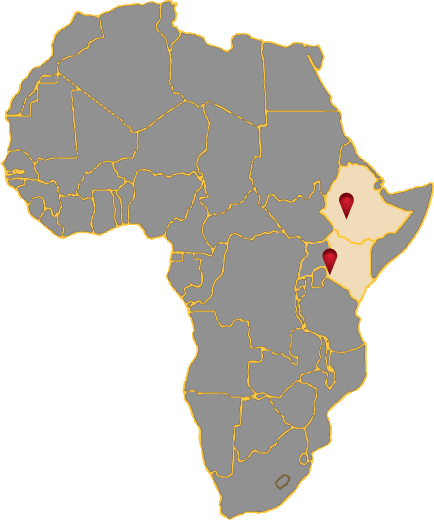2014 Annual Report
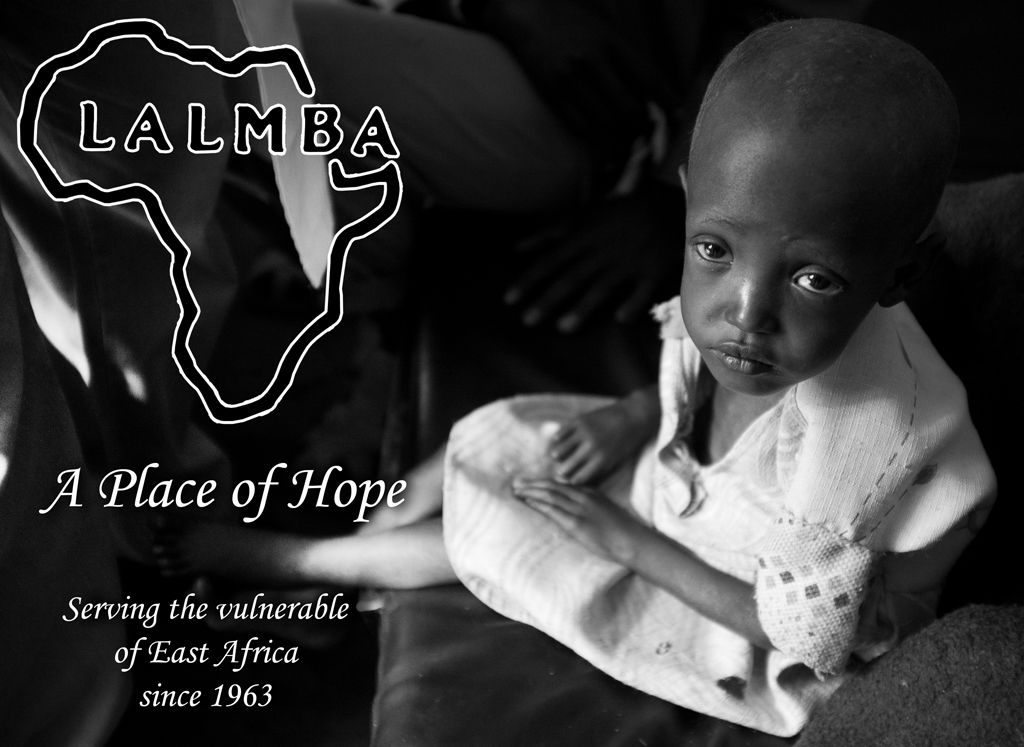
Mission
Empowering rural communities in Africa to provide their own people with high quality basic health care, effective public health initiatives, microfinance and support for vulnerable children. We have a special love for children, whom we see not as a burden, but as part of a brilliant future for Africa.
Vision
We envision a healthy, prosperous community where all at-risk children are educated, preventable disease is eradicated, and opportunities exist for people to provide for themselves and their families.
Letter From The President and Vice President
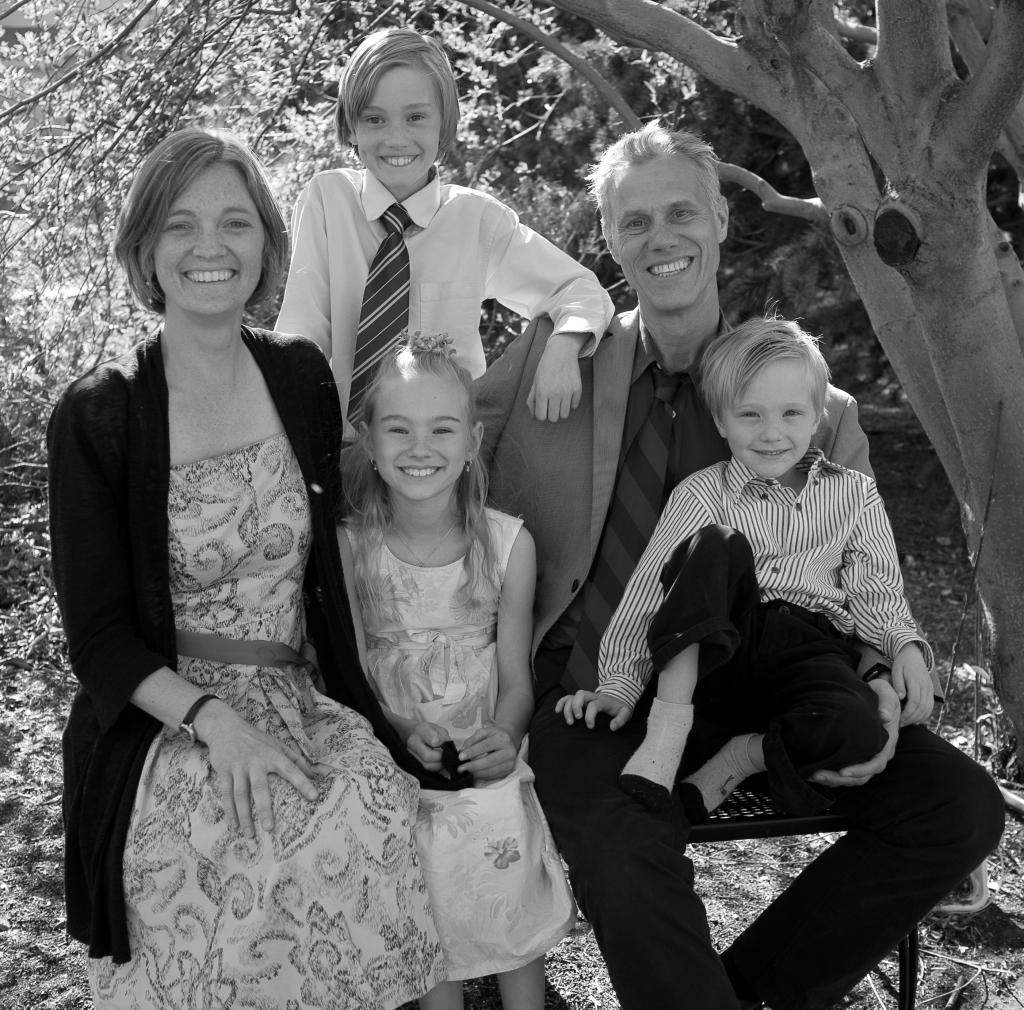 In 2014 we evaluated our mission statement and our programs to ensure they are well-aligned. We espouse a guiding philosophy that is solution-oriented. We do not want to put Band-Aids on real human problems – problems that we know are solvable if the root causes are correctly identified, and the tools to fix them are provided. So, what is the problem? The problem is systemic poverty, and Lalmba is constructing the path to move beyond it to a more promising future.
In 2014 we evaluated our mission statement and our programs to ensure they are well-aligned. We espouse a guiding philosophy that is solution-oriented. We do not want to put Band-Aids on real human problems – problems that we know are solvable if the root causes are correctly identified, and the tools to fix them are provided. So, what is the problem? The problem is systemic poverty, and Lalmba is constructing the path to move beyond it to a more promising future.
For any plan to succeed and for solutions to be sustainable, they must be community-led. Our mission statement discusses “empowering rural communities to provide their own people” with their needs. What are those things a community needs to be healthy, prosperous, and independent? 4 basic indicators of a healthy community are access to education, health care, economic opportunity, and nutrition. A community without any one of these is a struggling community. Here’s how Lalmba addresses those needs and how we assess when our job is done in a community. Because if problems truly are solvable, then one day we will be able to declare mission accomplished.
- Education – First and foremost, children must have access to education. The children in these communities who go to school come from families who have a means of income. The children who don’t attend school are destitute; their families can’t afford the costs, which leave the children as uneducated laborers or servants, guaranteeing another generation of poverty for that family. We call those children “at-risk.”
In 2014, Lalmba enabled 1166 at-risk children to get an education. We believe that the greatest way to change the future is to invest in the children of today, empowering them to be the future leaders of their communities.
- Health Care – There is ample evidence showing a direct correlation between physical health and economic prosperity, both individually and at the community level. People who are sick can’t work; communities without health care don’t thrive.
In 2014 at our clinics in Ethiopia and Kenya, we treated nearly 50,000 people, saving thousands of lives, and allowing sick adults to get back to work sooner. Children are healed so that sickness does not impede their learning. Babies are treated for malnutrition, and families trained on how to provide nutritious meals, to make them all healthier with more potential.
Our public health teams, travelling to the most remote communities, teach people about the importance of sanitation for overall health, and how to prevent disease before it starts.
- Access to Economic Opportunity – Financially healthy communities have diverse business opportunities, and access to start-up funds for entrepreneurs. In rural communities, access to affordable loans is extremely limited. We provide small loans to the poor who know how to pull themselves out of poverty, but lack the means to get started. In 2014 we gave small business loans to 52 people, placing them firmly on a path to independence.
The success of this program has spurred us on to revamp our RCAR program, giving small business loans to the parents or guardians of the children we support. We hope to see our microloan program grow exponentially in the coming years so that more families can reach independence.
- Access to Nutrition – Under normal situations, we believe that if the above 3 needs are met and in balance, a community can provide for its own nutritional needs. In extreme situations, such as extended drought or politically imposed famine, charities must step in to help with nutrition. But the danger of creating food dependency is real.
We provide supplemental nutrition only when necessary and only as long as necessary. For example, we have orphans in our RCAR program living with a guardian (most likely an ailing grandmother) who is incapable of working to provide food. Without our nutrition intervention these children would truly go hungry. Likewise, in our Elder Care program we provide food sustenance for elders who have no one else to care for them.
How do we know when an area of our mission is complete? Lalmba first began in these rural communities because there was no provision of any of these services locally. Over time, with our community development efforts, we have been looking for the emergence of similar services locally. If services are being duplicated, then we see that as a sign that this community is reaching the ability to meet its own needs.
Here’s a powerful example. 16 years ago Lalmba opened the first modern medical facility in Chiri, Ethiopia. At that time, Chiri was a small farming village with no electricity, no running water, no telephone service, and a horse path wide enough to be called a road. Today, it has become a trading point for farmers in the southwest. Chiri now has 2 private clinics, a government health center, and a private pharmacy. There is still an abundance of poverty, lack of access to education and business opportunity, but the trend is favorable that this community will soon be able to meet its own health care needs. We are close to saying ‘mission accomplished’ in the area of health care there!
So the exciting news is that we can begin a gradual and sustainable handover of health care responsibilities to our partners in Ethiopia, the Catholic Church and the Ethiopian government. And we can begin a prayerful and thoughtful search for that next end-of-the-road community, the community with no health care, a high prevalence of at-risk children, and a lack of economic opportunity. Then we can begin empowering a new community with the tools to shape a future that is filled with hope.
Jeff and Hillary James
President and Vice President, Lalmba Association
WHAT’S LALMBA DOING?
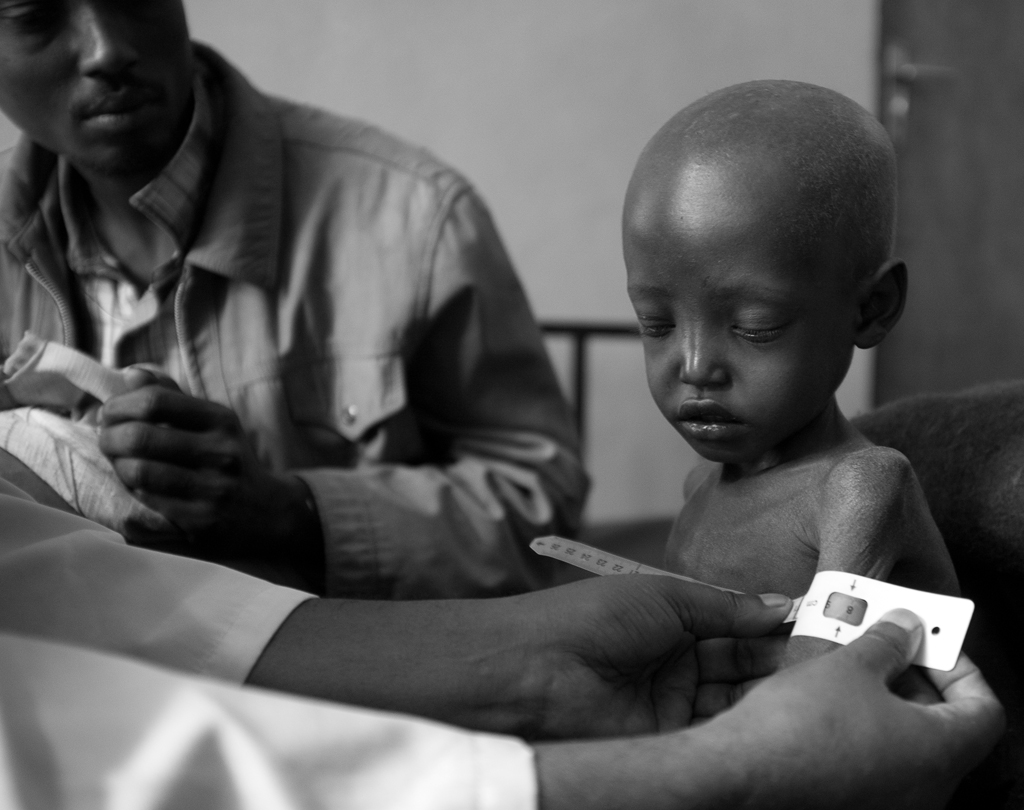 Lalmba is empowering rural communities in East Africa to provide for their own needs. We’re striving to end generations of poverty by addressing the 4 basic needs for people and communities to thrive: Access to Education, Health Care, Economic Opportunity, and Nutrition.
Lalmba is empowering rural communities in East Africa to provide for their own needs. We’re striving to end generations of poverty by addressing the 4 basic needs for people and communities to thrive: Access to Education, Health Care, Economic Opportunity, and Nutrition.
Lalmba tackles these objectives by giving priority attention to the most vulnerable of citizens — the poor, the children, and the marginalized. We prioritize at-risk children and ensure they are receiving an education, health care, and have a place to call home. We see a future where today’s children are tomorrow’s leaders.
At our health care facilities in Ethiopia and in Kenya, we save lives on a daily basis, and we educate these communities about disease prevention, achieving healthier, more self-reliant communities.
Our Microloan programs provide small business loans to entrepreneurs and to RCAR guardians, sparking economic growth and introducing business opportunities for the poor, who traditionally have no options.
Primary Health Care
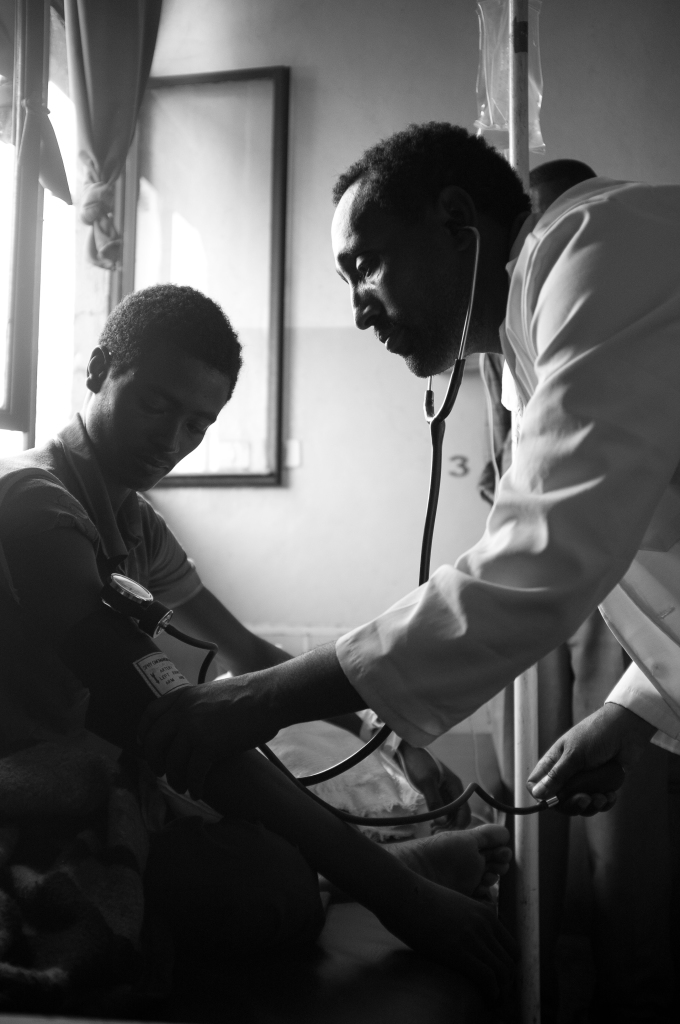 Lalmba runs static health facilities in Kenya and Ethiopia, where we diagnose and treat illnesses for the poorest of the poor. We strive to heal the sick so that they can have the strength, not only to survive, but to grow and be part of transforming a poor community into a prosperous one. At each facility, we charge a service fee to those who can afford to pay, but we turn away no one – those without the means to pay are given free treatment.
Lalmba runs static health facilities in Kenya and Ethiopia, where we diagnose and treat illnesses for the poorest of the poor. We strive to heal the sick so that they can have the strength, not only to survive, but to grow and be part of transforming a poor community into a prosperous one. At each facility, we charge a service fee to those who can afford to pay, but we turn away no one – those without the means to pay are given free treatment.
In Kenya we operate the Matoso Clinic and the Ochuna Dispensary, serving a catchment population of about 100,000 people. In 2014, we treated nearly 30,000 patients suffering from an array of illnesses. The most common diseases treated are malaria, anemia, bilharzia, malnutrition, pneumonia, UTI, diabetes, STI, dog bites, and diarrhea.
HIV has done great damage to the family structure, leaving behind orphaned children and elderly parents with no one to care for them in their declining years. We change this dynamic through intensive HIV counseling, education, and treatment for those who test positive. In 2014, 1558 people were enrolled in our counseling program, and 1036 people received antiretroviral therapy.
In Ethiopia, we operate the Chiri Health Center, serving a catchment population of 150,000 people. In 2014, we treated nearly 20,000 people for a range of illnesses. The most common diseases treated were pneumonia, malnutrition, parasitic infections, skin infections, musculoskeletal disease, dyspepsia, acute respiratory infection, UTI, diarrhea, Otitis and other ear infections.
We have a 15-bed hospital ward where we provided 24 hour intensive treatment to 655 critically ill patients, saving and discharging 631 of them. These inpatients included 205 severely malnourished children, who required 3-4 weeks of intensive care. They would have died without it.
In Eritrea, Lalmba provided a grant to assist the Catholic Church in purchasing medicines and supplies to run the Halhal Health Center (catchment population of 12,676) and the Boggu health station (catchment population of 3783). In 2014, 11,454 people were given outpatient care at these two facilities. The most common illnesses treated were pneumonia, diarrhea, skin infections, ear infections, and eye infections.
Public Health Care
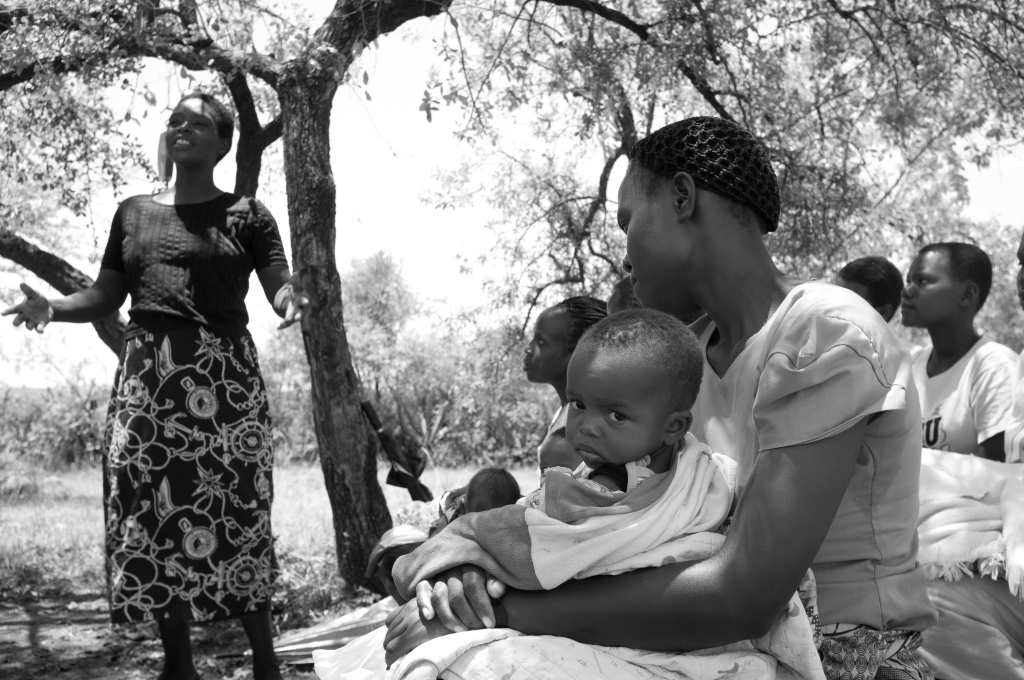 In Kenya and Ethiopia, our public health programs aim to prevent disease before it starts. This is where the long-term battle for health is won. A diagnosis of malaria can mean weeks in bed for a child or parent, for example. A person who stays healthy won’t need those weeks away from work or school, improving their financial and educational potential.
In Kenya and Ethiopia, our public health programs aim to prevent disease before it starts. This is where the long-term battle for health is won. A diagnosis of malaria can mean weeks in bed for a child or parent, for example. A person who stays healthy won’t need those weeks away from work or school, improving their financial and educational potential.
Intensive health education tailored to the cultural needs, the most prevalent health issues, and the learning abilities of the people we serve is a goal of this program. Early intervention in the form of prenatal care, well-baby checks, and immunizations makes up the other part of our public health program.
- In Kenya, nearly 5000 people were touched by our PH team in 2014. Mobile clinics traveled to remote communities 2-3 times each week to provide education, immunizations, and mother/child health intervention. Education topics included HIV/AIDS prevention, transmission and treatment, hygiene, malaria prevention, clean water, and nutrition.
- In Ethiopia, our public health team provided education to about 16,000 people. This team has been very successful in finding creative ways to teach a largely uneducated population. They built a portable stage and created a series of dramas utilizing props and costumes to teach relevant health topics, such as Mother/child health, EPI, nutrition, communicable diseases, environmental and water sanitation, TB, HIV/AIDS, and public safety. The Ethiopia team is also an invaluable partner to government health workers, providing strategic support to treat people who are furthest from established health sites.
We also:
- Make and sell low-cost latrine slabs
- Provide mosquito nets to prevent malaria
- Help community members sell a bleach product that makes drinking water safe
- Provide cooking classes to train people to use the local foods to prepare well-balanced, nutritious meals.
Children at Risk
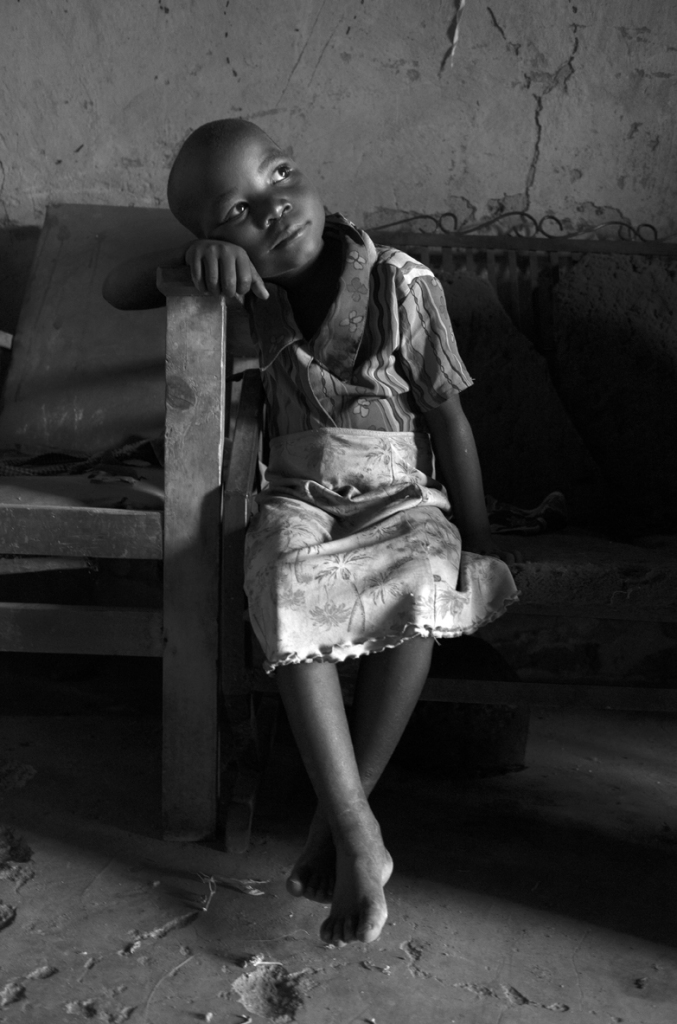 In 2014, Lalmba provided for the basic needs of 1186 at-risk children.
In 2014, Lalmba provided for the basic needs of 1186 at-risk children.
This number includes 20 at-risk children for whom Lalmba provides a grant to the Catholic Church in Eritrea to provide clothing, food, school materials, school fees and uniforms. Although Lalmba cannot have an on-the-ground presence in Eritrea at this time due to governmental restrictions, we continue to support vulnerable children in the place of Lalmba’s founding 52 years ago.
Without Lalmba’s intervention, their futures would involve no formal education, no health care, and little chance for prosperity.
In 2014, we also introduced a new microloan program which lends business startup money to guardians of our RCAR orphans, women who know how to reach independence, but lack the means to get started.
Lalmba Children’s Homes
Lalmba children’s homes provide for 56 children who have no one to care for them. We strive to provide them all the advantages that they would have if they had 2 healthy and working parents. They do not live in luxury or at a higher standard than their peers. They wear local clothes, live in modest houses, and have chores and responsibilities. We want them to be prepared for adulthood, which comes fast in this part of the world. We also want them to reach their fullest potential, and encourage them to excel scholastically.
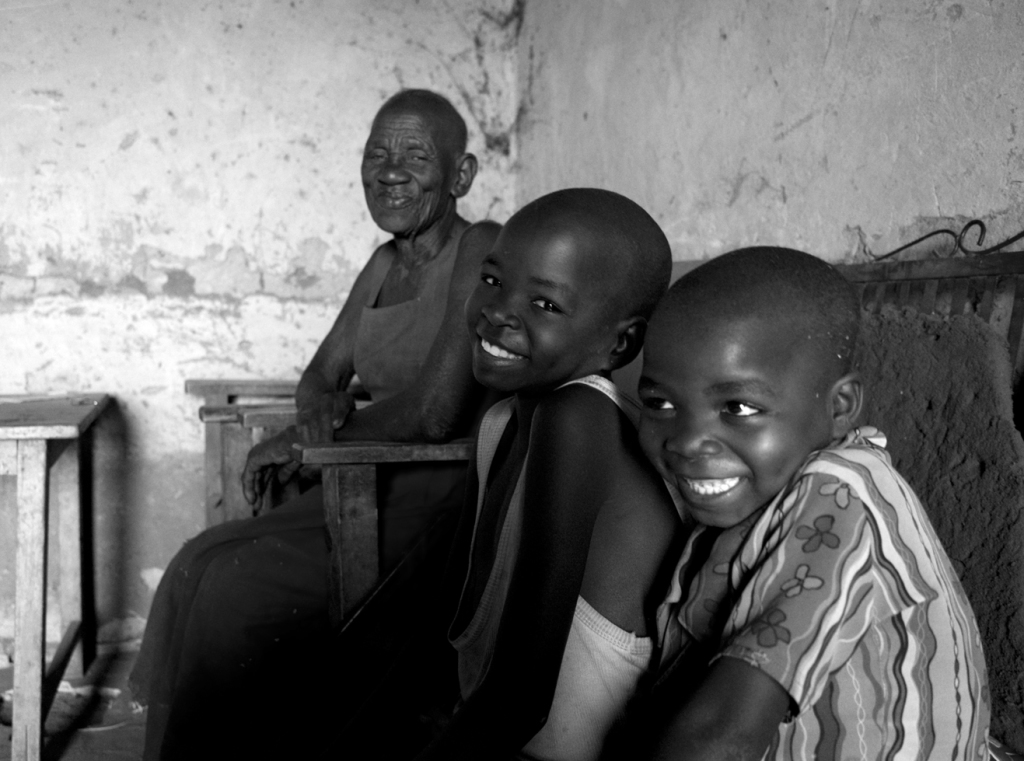
RCAR (Reaching Children at Risk)
RCAR is where we see the most potential in providing for the greatest number of children. In 2014, Lalmba ensured that 1130 destitute children were nourished, clothed, educated, and had access to health care. Some of the children are orphans; all of them are completely destitute. The difference between an RCAR child and a Children’s Home child is that RCAR children have someone who can help care for them, a guardian. Often that person is a single mother, an aging and ailing grandmother, a distant relative or a neighbor. All are financially strapped and struggling to survive. We assist them by providing for the basic needs of the child and ensuring that they are in school. We endeavor to be a resource for the entire family, guiding them towards a path of self-reliance.
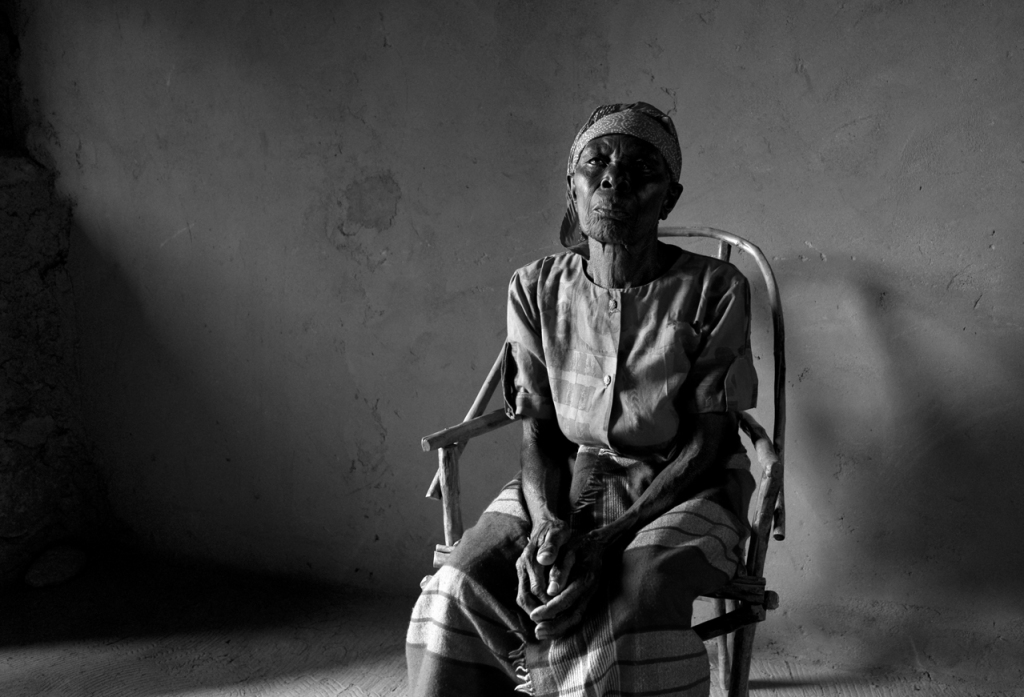 In this part of Africa there is no such thing as social security or retirement, no assisted living communities for the elderly. For generations, the family structure has provided the safety net for the elderly when they become too old to care for themselves. But that safety net has been eroded by HIV/AIDS. Not only do scores of orphaned children have no one to care for them, but many elderly widows and widowers who lost their children to AIDS are left alone with orphaned grandchildren. For many elders, this burden is too much and they suffer from hunger and neglect.
In this part of Africa there is no such thing as social security or retirement, no assisted living communities for the elderly. For generations, the family structure has provided the safety net for the elderly when they become too old to care for themselves. But that safety net has been eroded by HIV/AIDS. Not only do scores of orphaned children have no one to care for them, but many elderly widows and widowers who lost their children to AIDS are left alone with orphaned grandchildren. For many elders, this burden is too much and they suffer from hunger and neglect.
For the past 3 years, Lalmba has been providing some modest assistance to the elderly who lack family with resources to assist them: a bar of soap, a mattress and blanket, some food supplies. Last year we supported 60 impoverished elderly in Kenya. For some, we provide a simple chair so that they can sit upright and get off the ground. Our nurses also visit each elder monthly to ensure they are getting the proper care and nutrition to be as comfortable as possible in their final years.
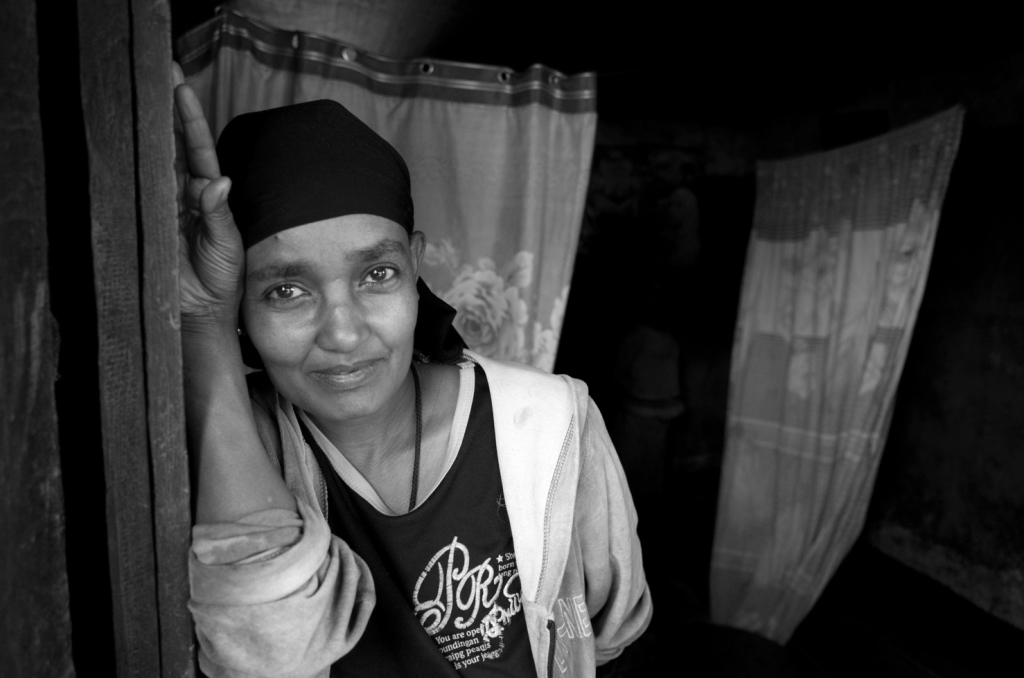 Our loan programs provided small business loans to 52 people, 43 women and 9 men, in 2014. These loans enable mothers and fathers to earn a living to provide for their families. Many loan recipients have become successful enough to grow their businesses and provide jobs and income for others. The goal is to provide a way out of poverty and effect economic change in the entire community.
Our loan programs provided small business loans to 52 people, 43 women and 9 men, in 2014. These loans enable mothers and fathers to earn a living to provide for their families. Many loan recipients have become successful enough to grow their businesses and provide jobs and income for others. The goal is to provide a way out of poverty and effect economic change in the entire community.
Our program has a 100% repayment rate! It works so well because of community support, and no new loans are given until former loans are repaid. We partner with community volunteers, successful business people, who help train all new loan recipients in smart business practices, guiding them to success by helping them plan for growth and meet their repayment schedules. Some of the business professions Lalmba has supported in these remote communities include farmer, fisherman, produce vendor, tailor, welder, carpenter, butcher, restaurant owner, schoolteacher, hair stylist, spice distributor, and more.
In 2015, we will continue to expand microloans, business training and mentoring to RCAR guardians, to encourage their independence from ongoing support.
The People Who Make Lalmba a Success
Lalmba succeeds because of the people (volunteers and employees) who selflessly work for us and believe that through our mission and our work, a way out of poverty is possible.
Here in the U.S.
- We have one, very dedicated part-time volunteer who works to keep our supporters thanked for their generous financial support.
- We have two medical doctors (Lalmba Medical Directors), who passionately embrace our mission and are dedicated to service. They advise on how to meet all of our health care goals and visit projects annually to ensure we provide the highest care possible with our limited resources.
- Because of these volunteers and their dedication, Hillary and Jeff (Lalmba’s only paid employees) can put more energy directing Lalmba’s vision and mission, strategic planning and capacity building, recruiting volunteers, and keeping the organization financially healthy through robust fundraising efforts that plainly tell the stories of the people we serve.
In Africa
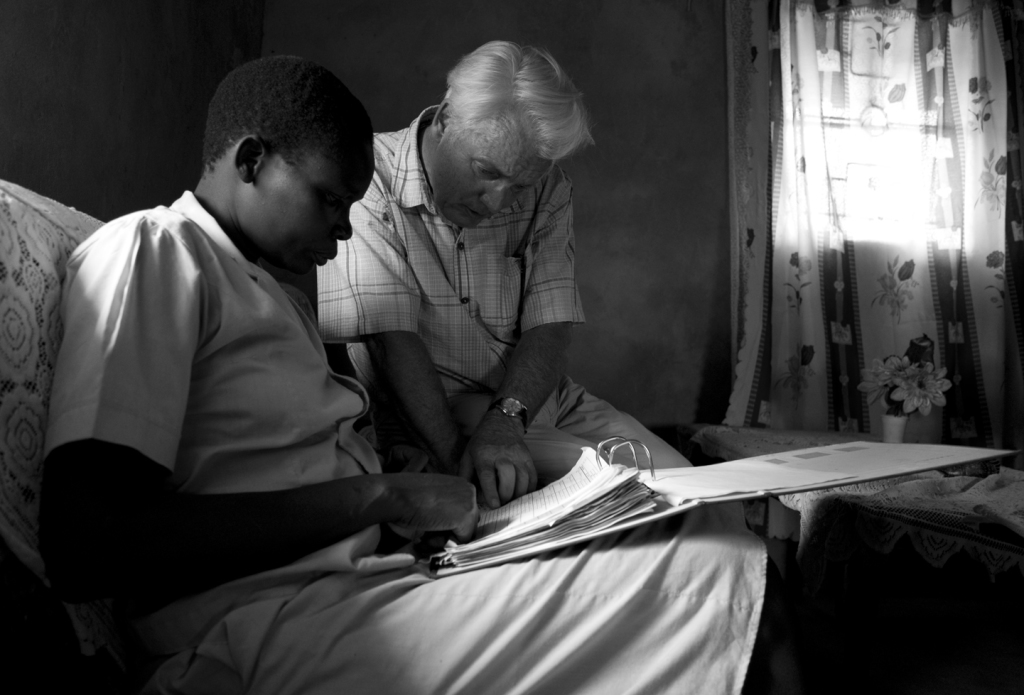 Lalmba’s programs are run by nearly 100 African staff and 3-6 expatriate volunteers who are specialists in medicine, public health, financial management, and program development. In 2014, 10 expats from 4 different countries (Holland, United States, Chile, and Kenya) served as expert volunteers, mentoring our African staff and ensuring that our program goals are met. Our paid African staff serve in many professional and support roles, from our Project Director in Kenya, Marico Osiyo, to our Public Health manager in Ethiopia, Social Kassa, to Zirhun Ademe, the chief of guards in Ethiopia. We have cleaners, drivers, guards, nurses, groundskeepers, health officers, housemothers who care for the orphans, and administrators. All of these people are vital to our operations. We also have many African volunteers who spend several hours each month on oversight committees, teaching in their villages, monitoring and mentoring microloan recipients, or visiting HIV patients or the elderly in their homes between clinic appointments.
Lalmba’s programs are run by nearly 100 African staff and 3-6 expatriate volunteers who are specialists in medicine, public health, financial management, and program development. In 2014, 10 expats from 4 different countries (Holland, United States, Chile, and Kenya) served as expert volunteers, mentoring our African staff and ensuring that our program goals are met. Our paid African staff serve in many professional and support roles, from our Project Director in Kenya, Marico Osiyo, to our Public Health manager in Ethiopia, Social Kassa, to Zirhun Ademe, the chief of guards in Ethiopia. We have cleaners, drivers, guards, nurses, groundskeepers, health officers, housemothers who care for the orphans, and administrators. All of these people are vital to our operations. We also have many African volunteers who spend several hours each month on oversight committees, teaching in their villages, monitoring and mentoring microloan recipients, or visiting HIV patients or the elderly in their homes between clinic appointments.
Looking Forward
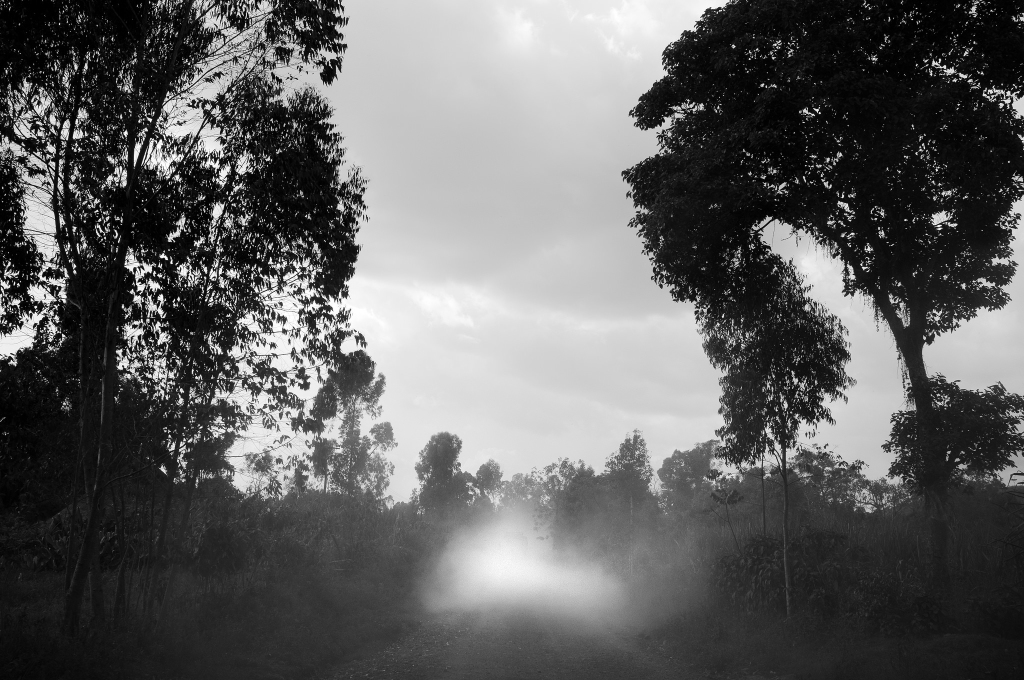 We look down the road often, wondering about that end-of-the-road community that still lacks its basic needs. We look forward to the day when resources are abundant enough to allow us to expand to help more communities in desperate poverty.
We look down the road often, wondering about that end-of-the-road community that still lacks its basic needs. We look forward to the day when resources are abundant enough to allow us to expand to help more communities in desperate poverty.
Lalmba believes in long-term investment. We don’t believe there are quick fixes to generational poverty.
Development is made sustainable with time, commitment, and a focused effort on the root causes: lack of access to education, health care, nutrition, and jobs.
The communities we serve in Ethiopia and Kenya remain dramatically impoverished, but we do not believe they will need our help forever. Change and empowerment are on the rise and these communities will one day be free of foreign aid. To ensure independence is truly our goal, we constantly evaluate our programs for any sign that we are fostering dependence instead of empowerment. If we see signs that our efforts are impeding local enterprise or ingenuity, we know it’s time to shift our efforts to encourage local people to take charge and provide for their community. We strongly support emerging enterprises like the private and government run health facilities in Chiri. We will ensure that our efforts complement and do not impede their success.
As we look forward, we plan to continue our life-saving and life-changing services that bring so much hope to those we serve. We plan to strategically downsize any duplicated services in order to focus our efforts on the most critical needs of the area, and to empower local enterprise. Because of our long-term commitment to these communities, we will not leave until we see that all 4 areas of need are being addressed by the community itself. Simultaneously, we pray for guidance to explore more remote communities where there is no modern health care, where at-risk children hope for an education, and where businesses are few, but aspiration is high.
We will always keep children at the forefront of our efforts. We know that today’s children provide the greatest chance of ending poverty tomorrow. But we are just one small organization. Looking to the future, we see cooperation and collaboration as a promising way to advance our mission more effectively and more broadly, bringing us closer to achieving our vision, and ending extreme poverty in these communities once and for all.
2014 Financials
In 2014, Lalmba received no funding from government or large private grants. Our income came from small, private donors, small businesses, some church groups, and a few family foundations who support our work and believe in our mission. Our clinics in Ethiopia and Kenya charge a small fee to patients who seek treatment, but that income represents only about 8% of our overall budget.
Here in the U.S., Lalmba strives to keep our administrative costs low (about 17% of the budget) in order for most of our income to be spent in the field helping those in need. One way we do this is by not renting office space. Our two U.S. employees, Hillary and Jeff, work from their home.
Donated funds buy medicines, medical supplies, food and school fees for destitute children, fuel and repairs for our vehicles, and pay the salaries of our 100+ African employees.
Lalmba maintains a small savings to ensure the stability of our programs, but in recent years with inconsistent donations, inflation, and program costs on the rise, that savings has decreased. As an organization, it is one of our highest priorities to alter this trend, manage expenses and find alternative ways of generating income.
2014 Income and Spending
Total income for 2014 was $561,997. Of this income, 70% ($391,720) came from individual donors, 21% ($115,343) came from family foundations, 8% ($46,117) came from clinic income in Africa, and 1% ($8,817) from investments and interest.
Total expenses for 2014 were $763,922. Of expenditures, 82% ($626,416) was for programs, 17% ($129,867) for administrative costs, and 1% ($7639) for fundraising.
Note: Our 2015 budget has been reduced to $553,419, realigning our income and expenses to achieve a balanced budget.
The Lalmba Team
In addition to the generous 838 donors who gave us the financial means to do this work, and the 100+ African staff who work tirelessly to fulfill our goals, Lalmba is accomplishing its mission through the dedicated efforts of our volunteers, both in the U.S. and in Africa. Here are the people who gave their time to this life-saving work in 2014:
Board of Directors
Kevin Collins, treasurer
Hugh Downey, chairman
Marty Downey, member
Reginald Guy, secretary
Hillary James, member
Harry Lindmark, member
Bill Masure, member
USA Volunteers & Staff
Michelle Anderson, Donor Relations
Rob Andzik, Consultant
Kim Chen, MD, Medical Director
David Leonard, MD, Medical Director
Hillary James, Vice President
Jeff James, President
Ethiopia Volunteers
Barbara Forster, Project Director
Mudit Gilotra, MD, Medical Director
Aditi Kamdar, MD, Asst. Medical Director
Mercy Simiyu, MPH, Public Health Director
Celine Barthelemy, MPH, Public Health Director
Kenya Volunteers
Ariel Castillo, MD, Medical and PH Director
Boudewijn Bakker, MD, Medical Director
Annet Bakker, Program Specialist
Denise Hunt, FNP, Medical Director
William Westbrook, Program Development Consultant
